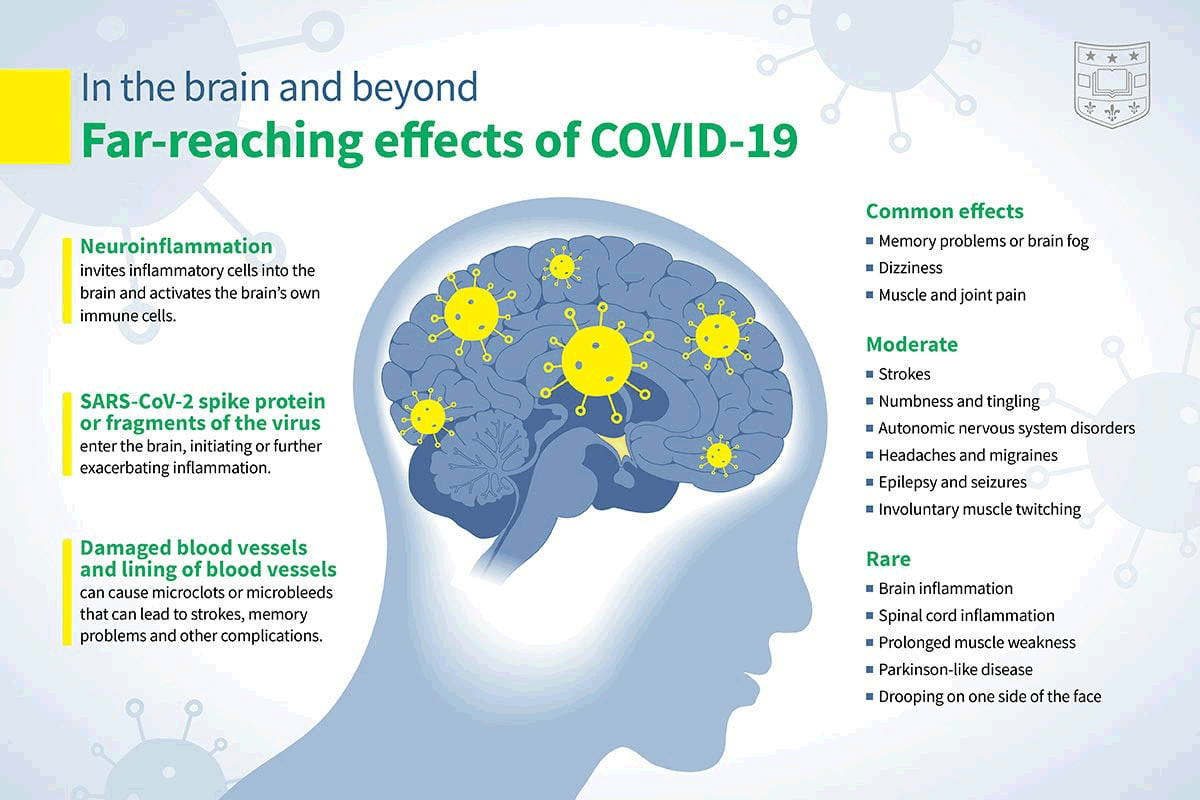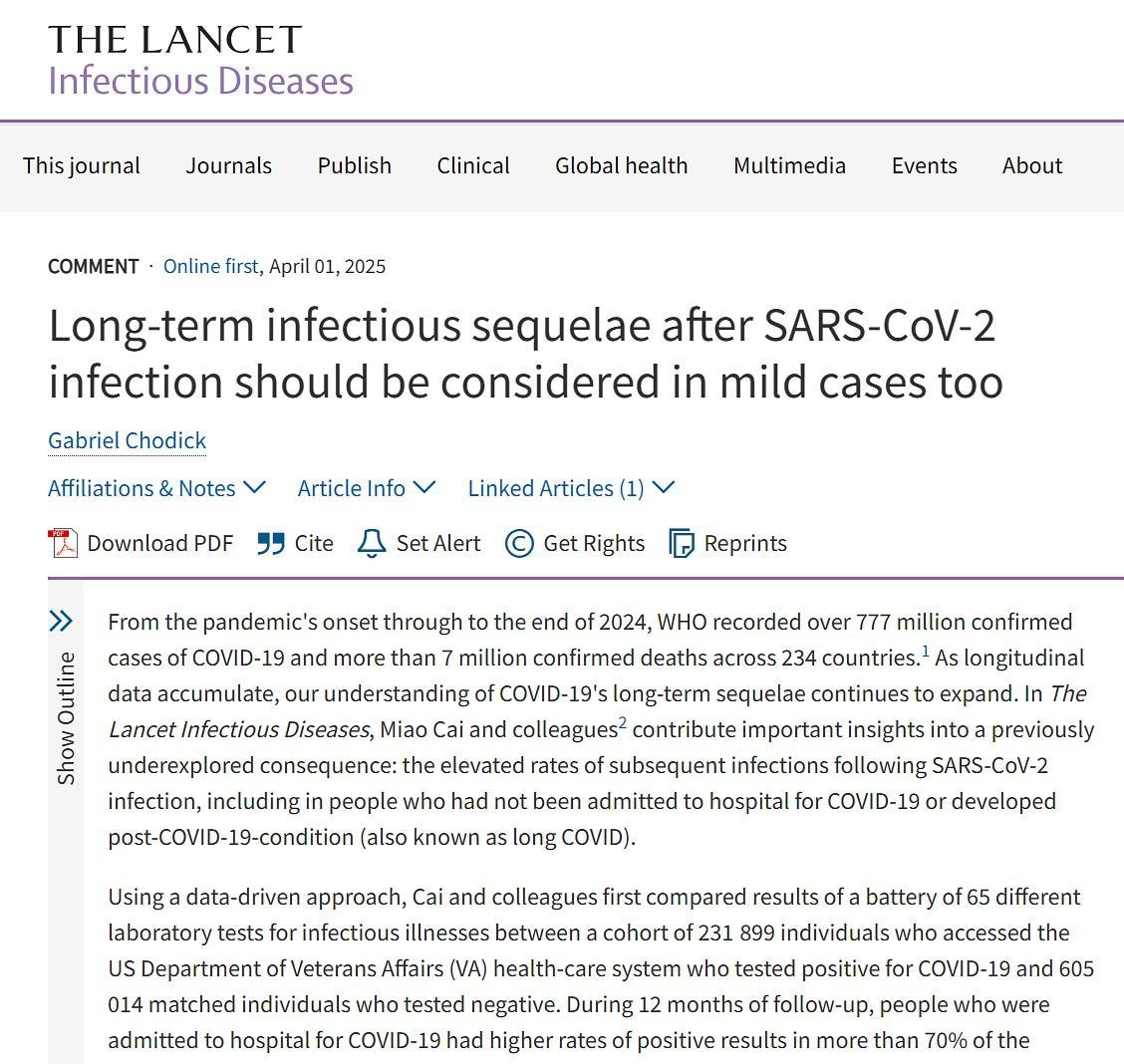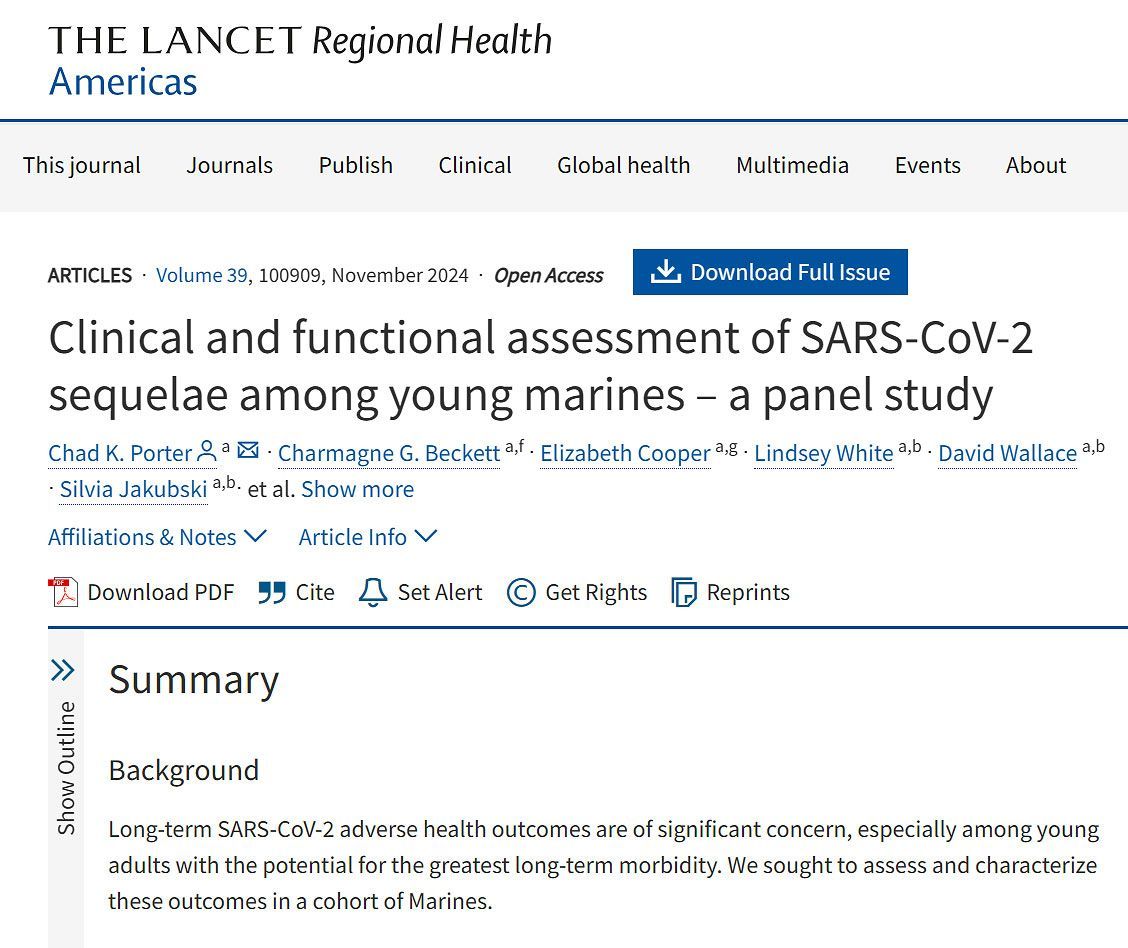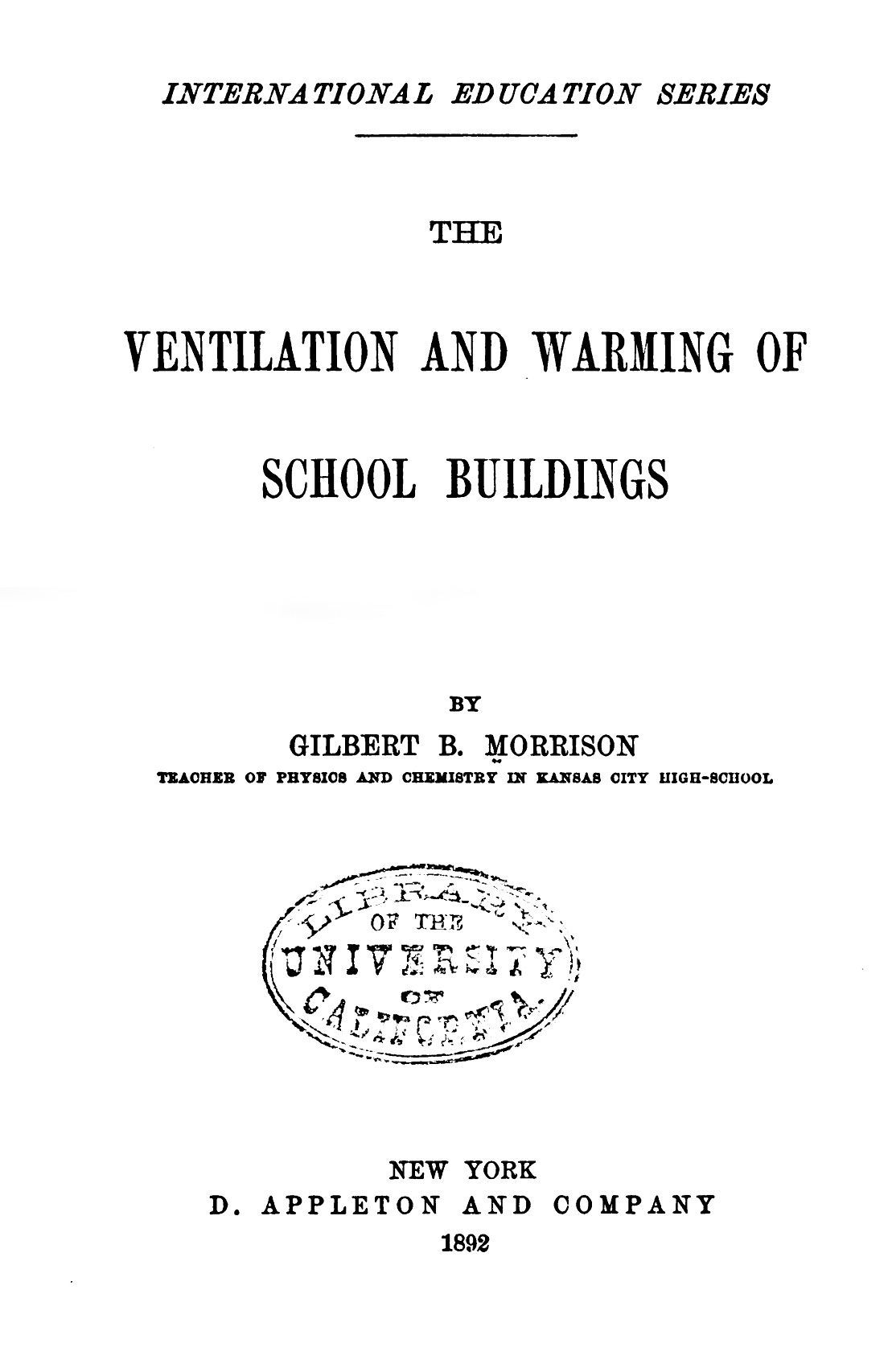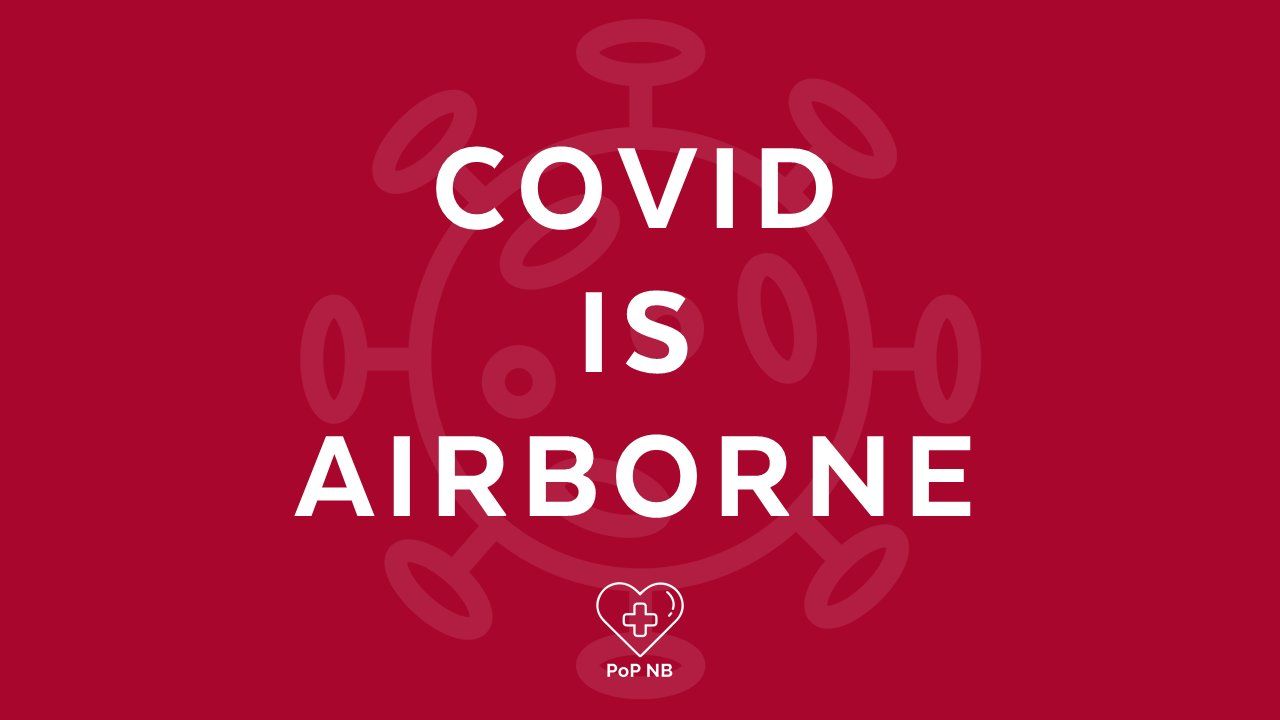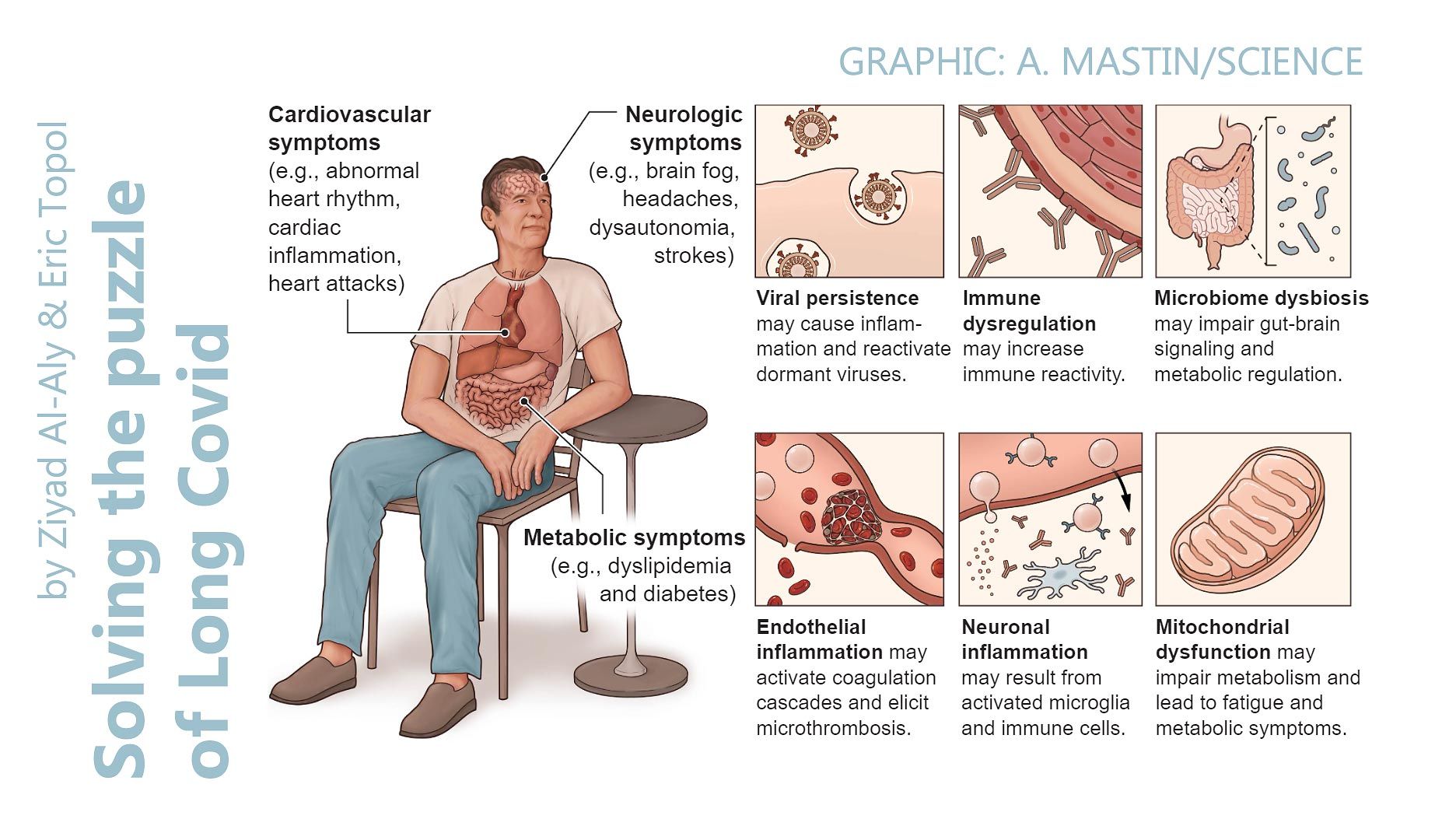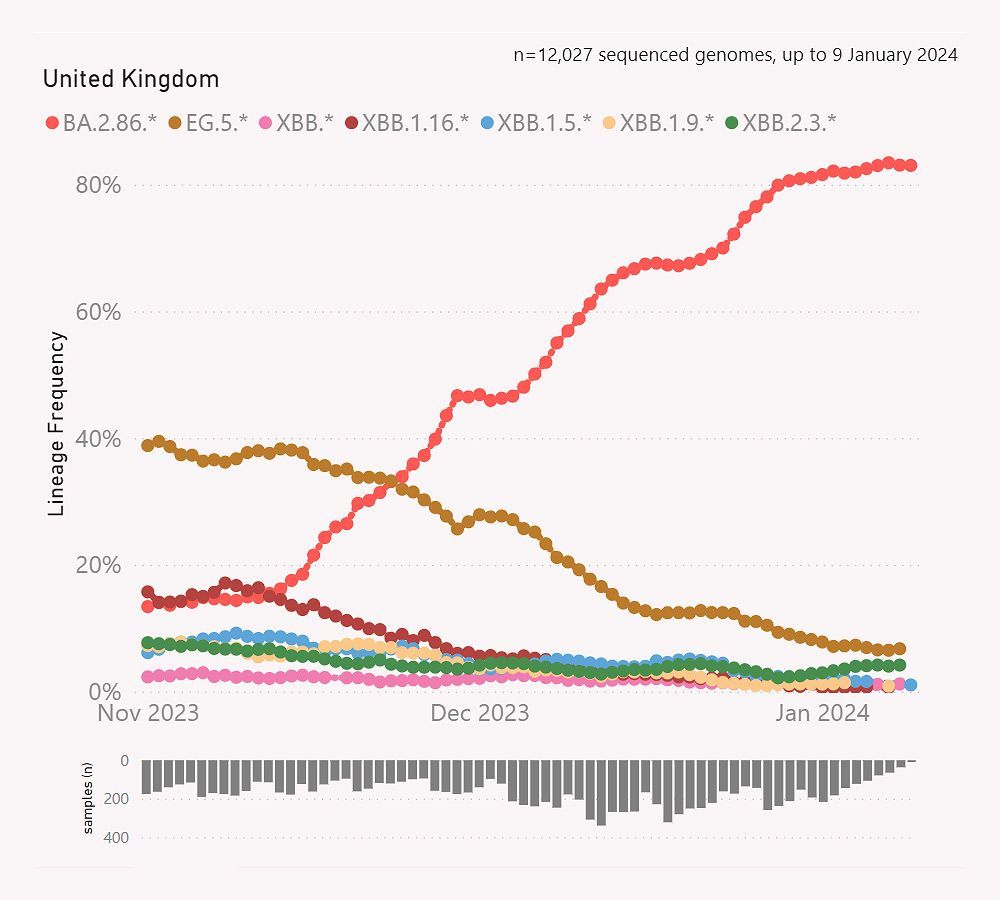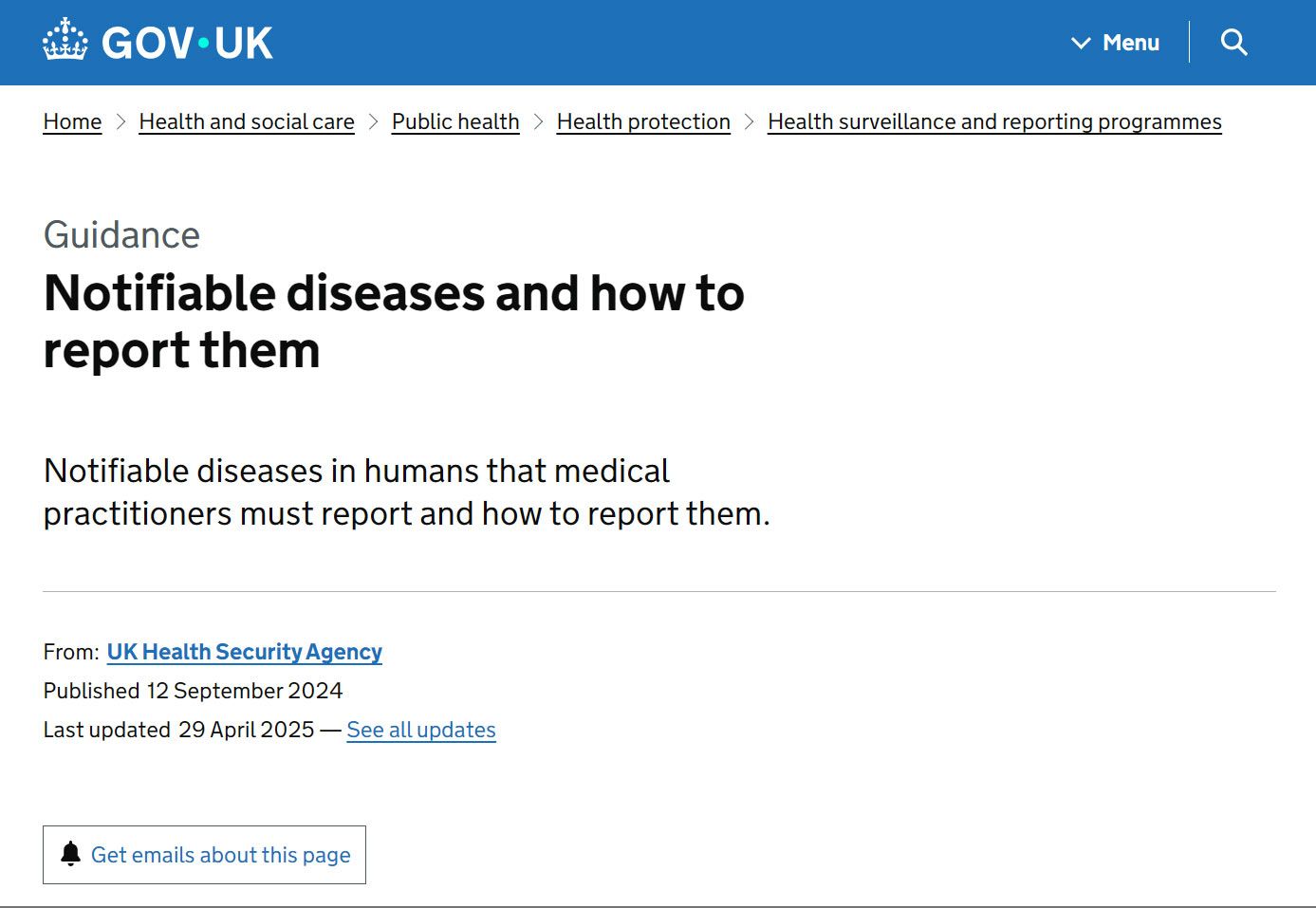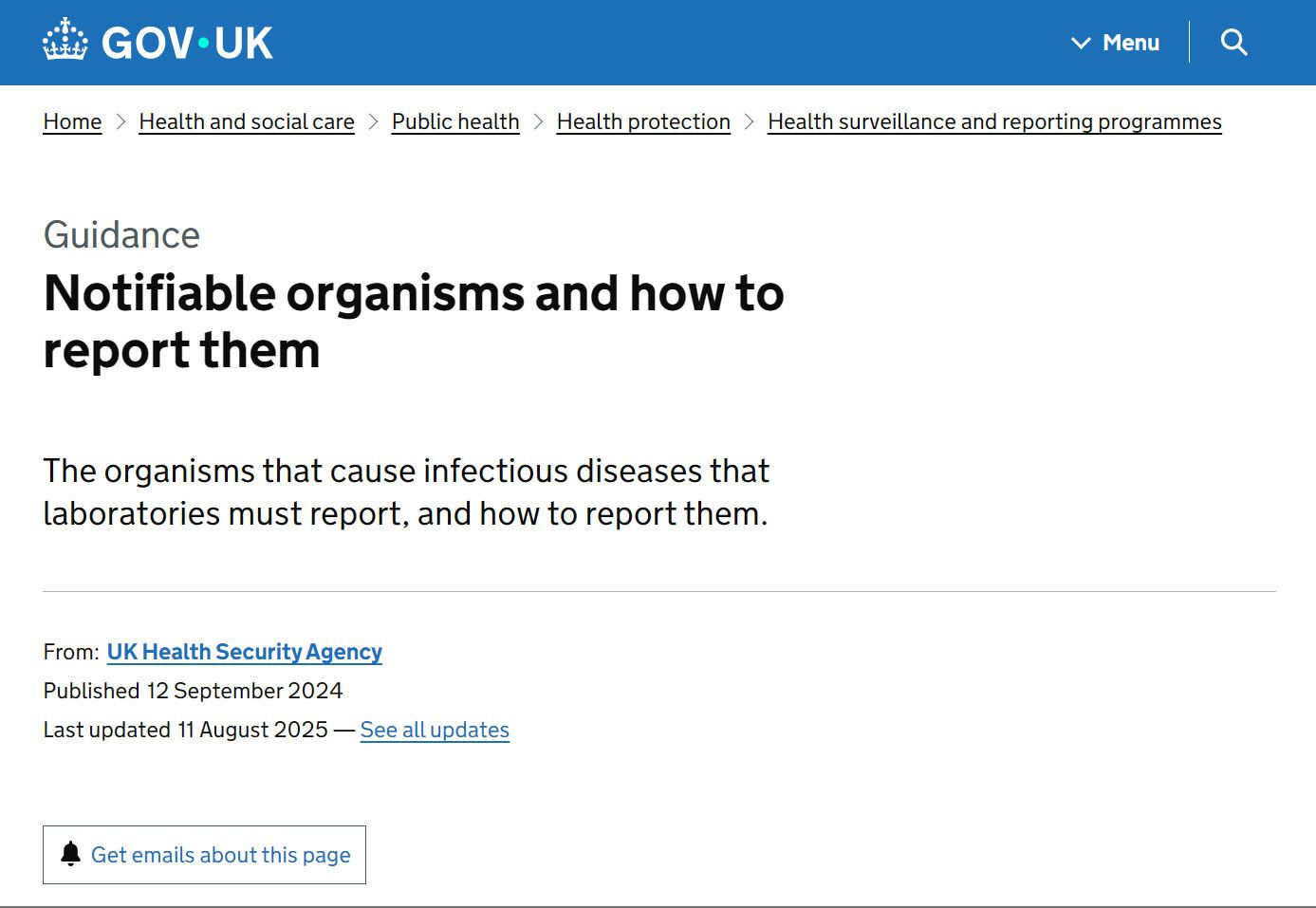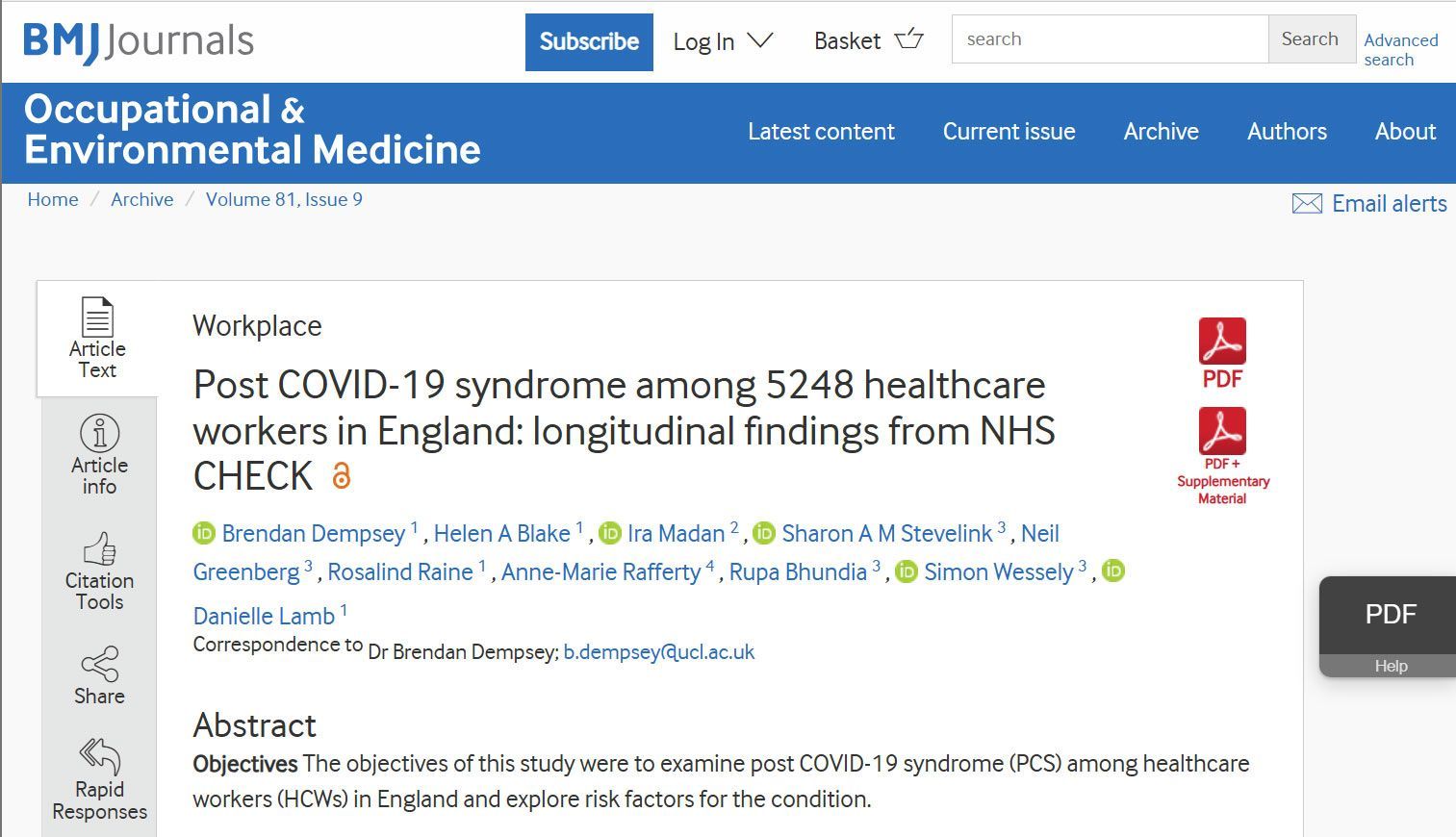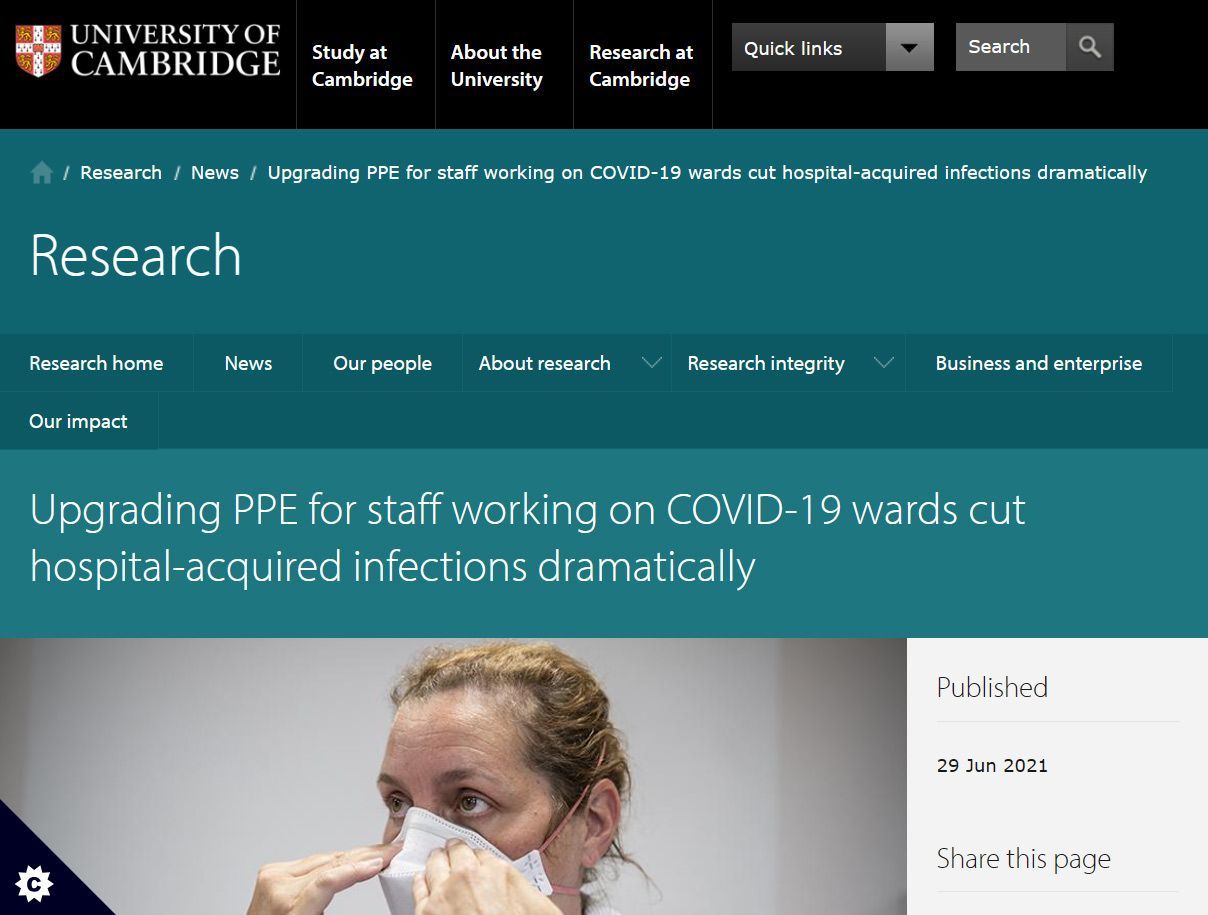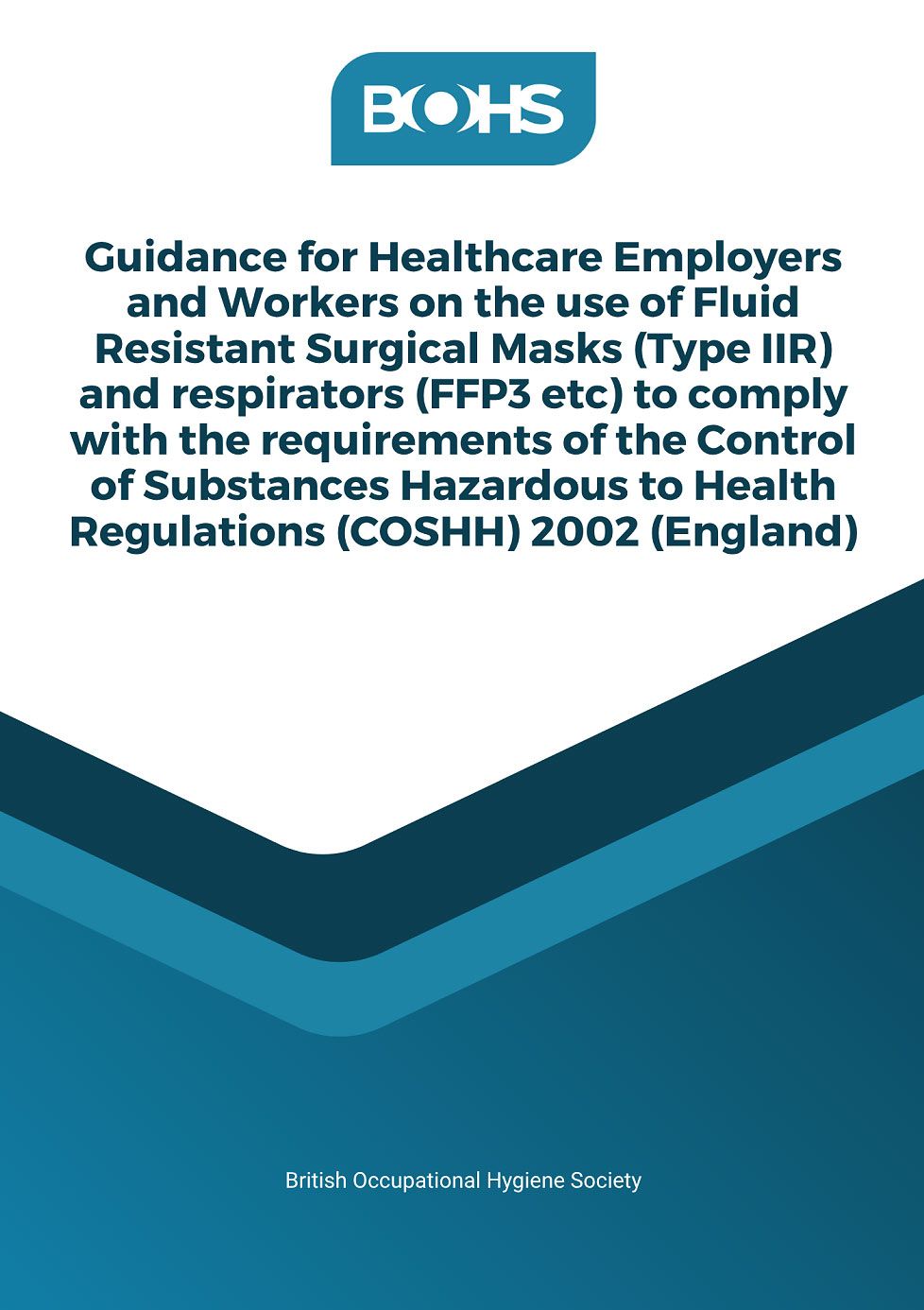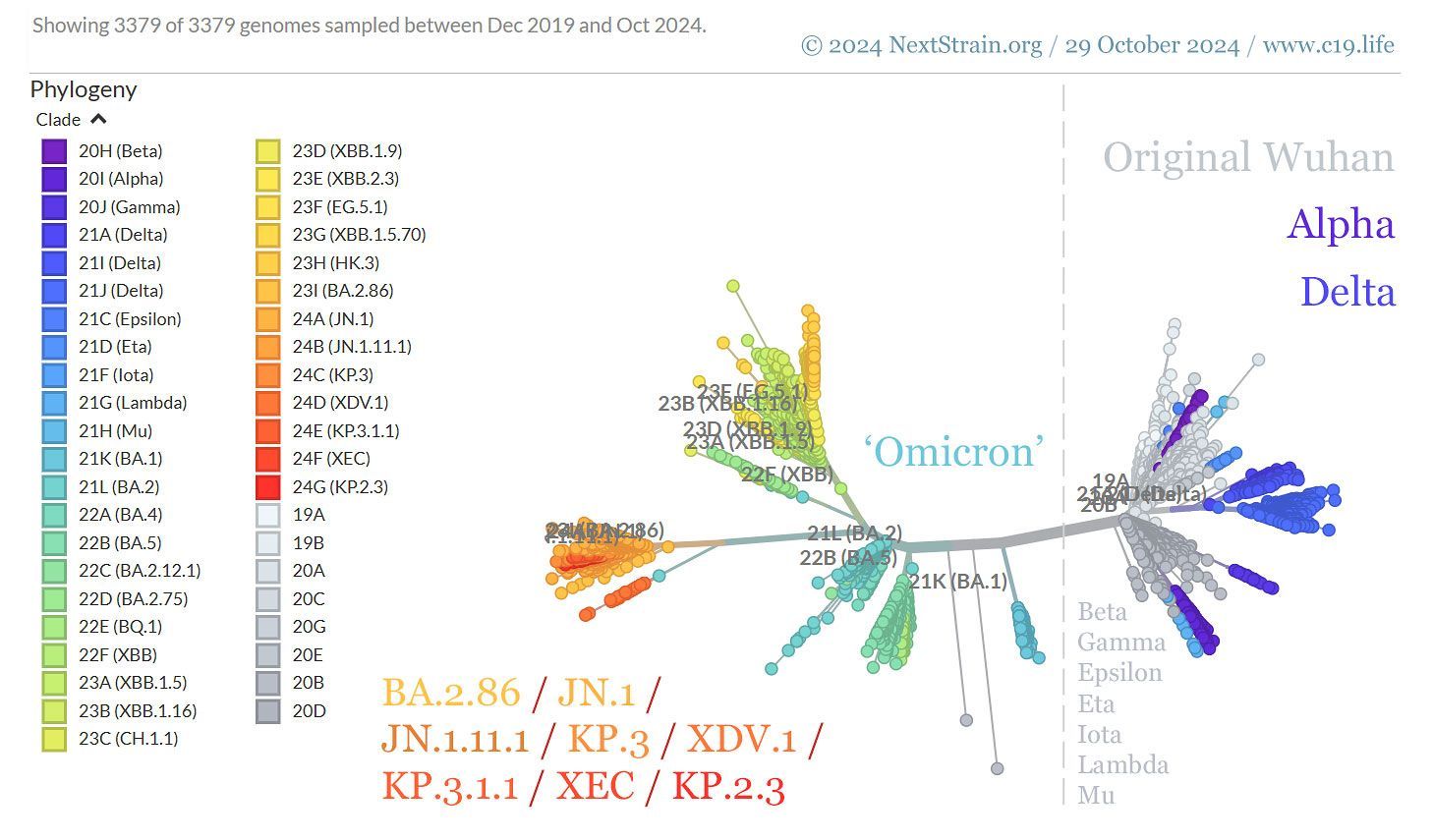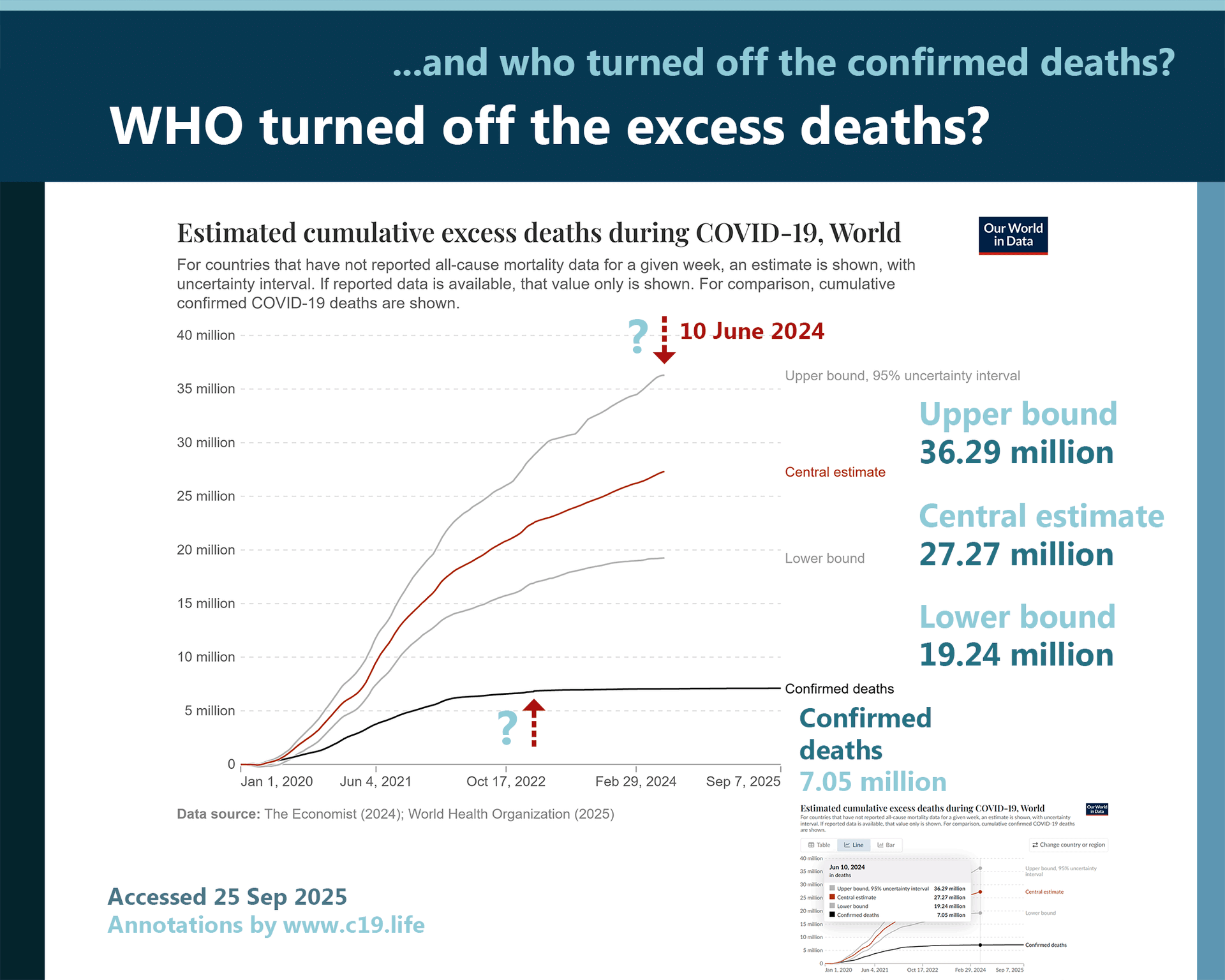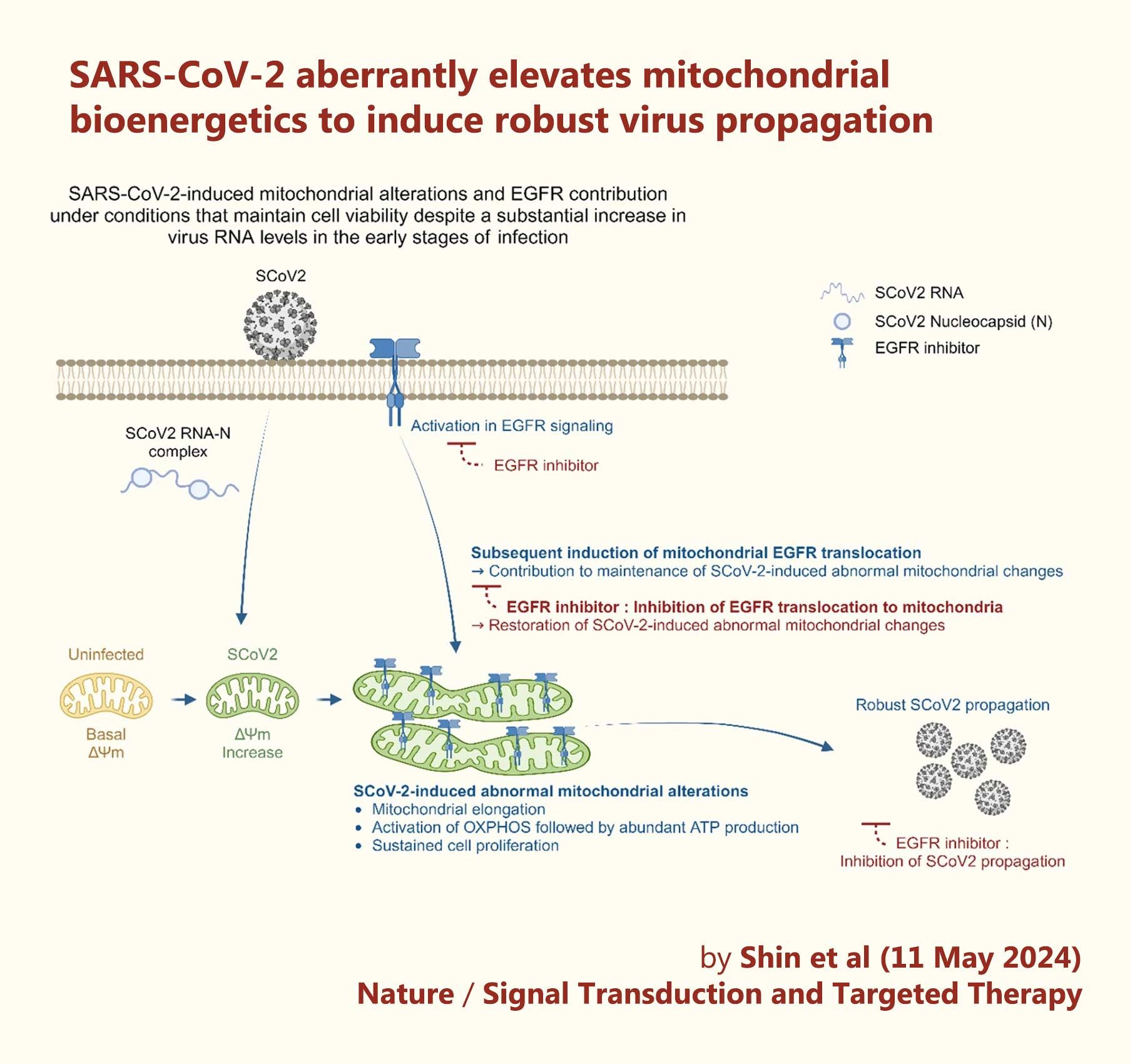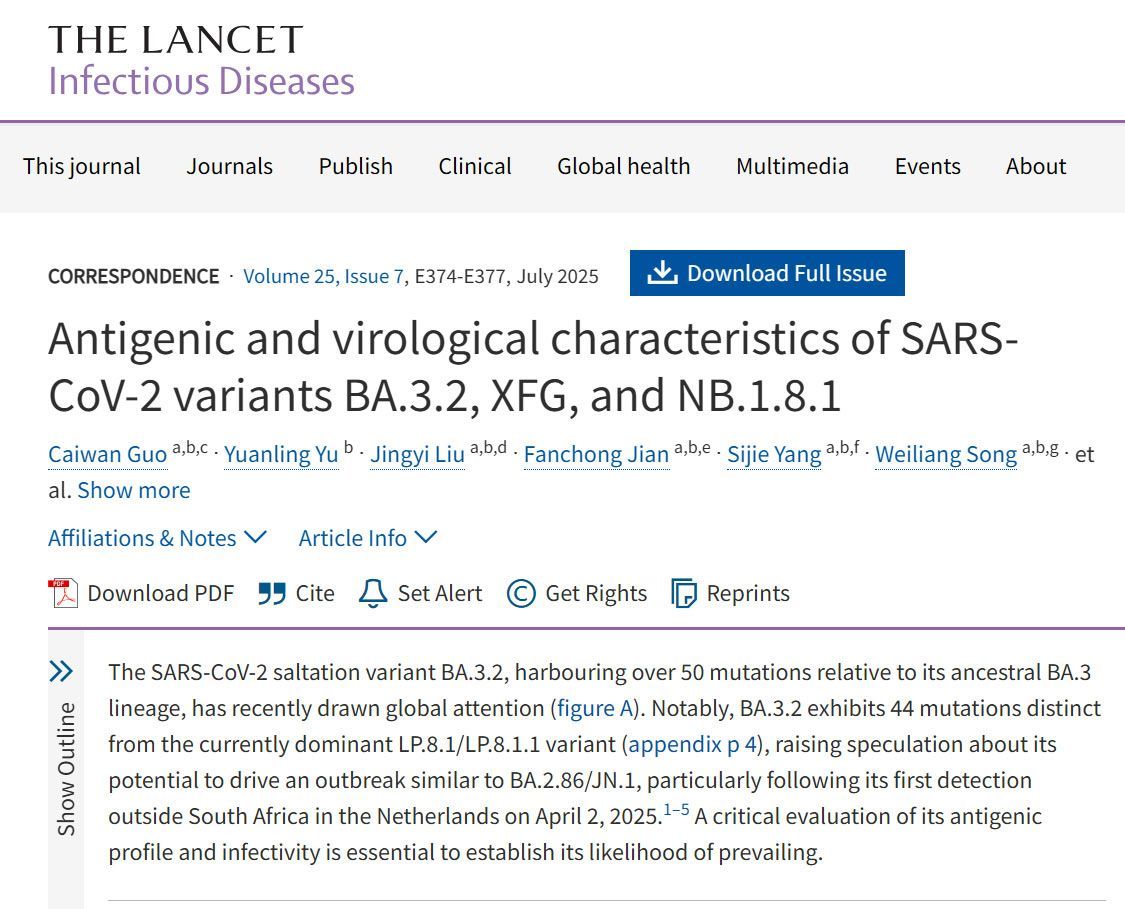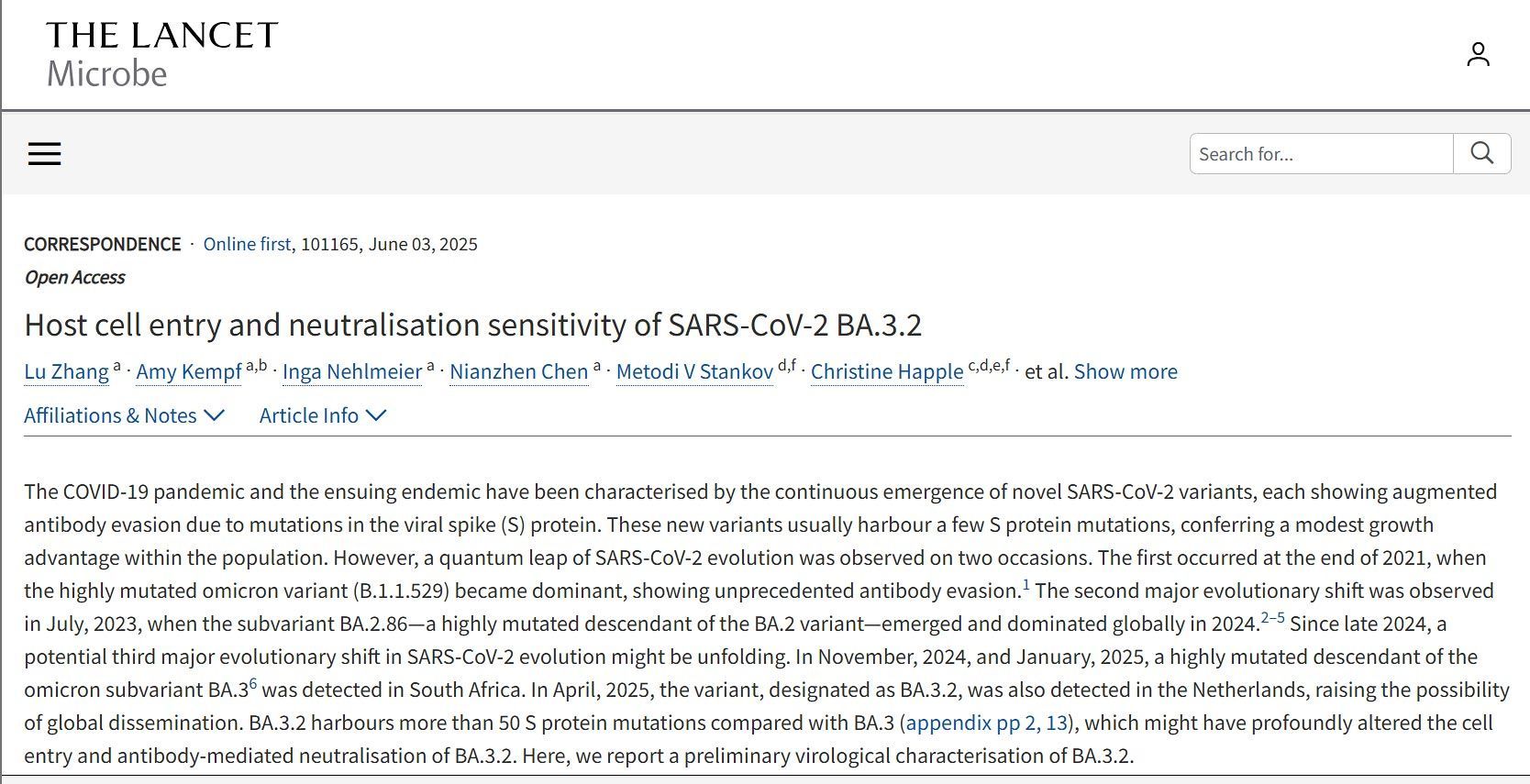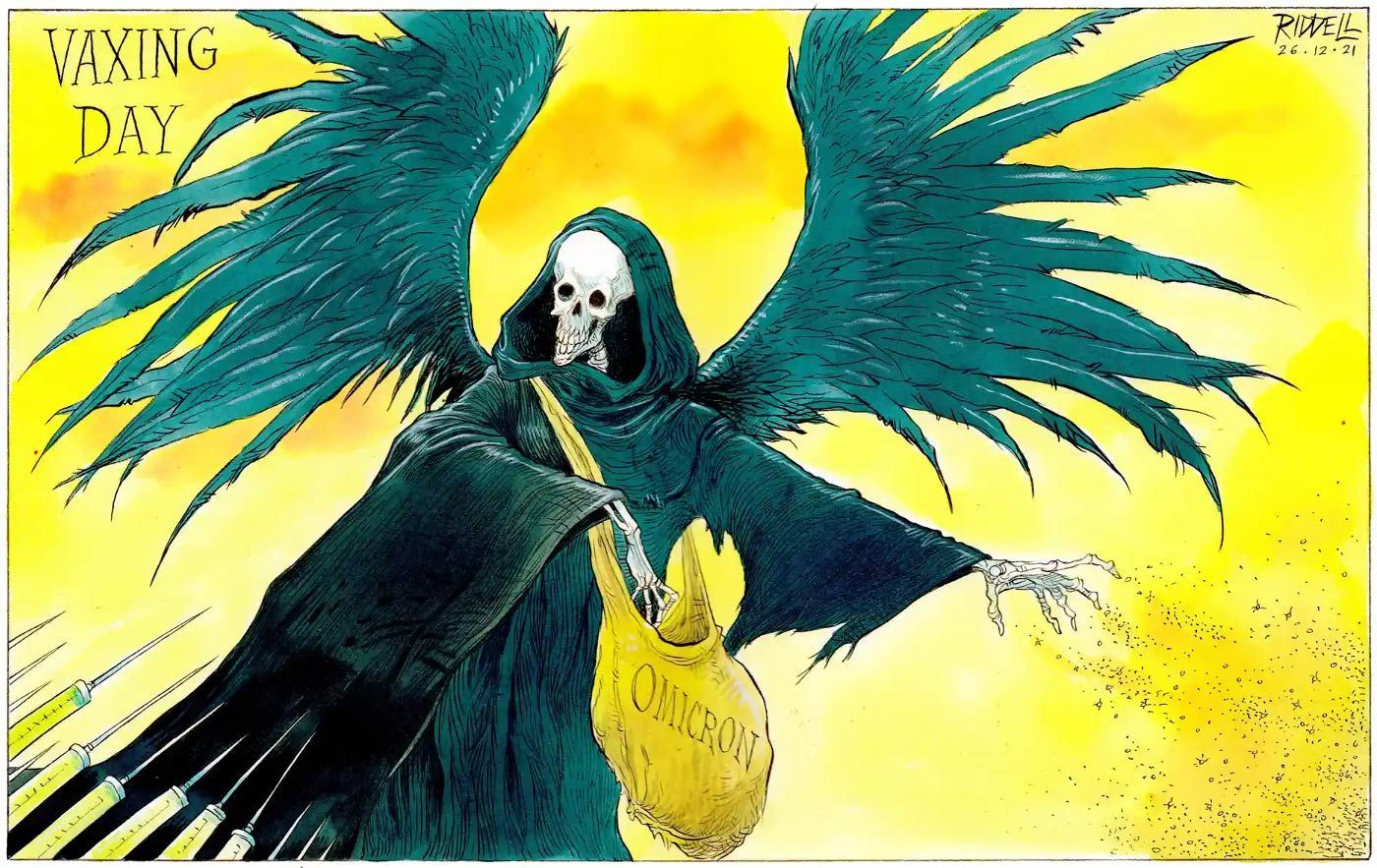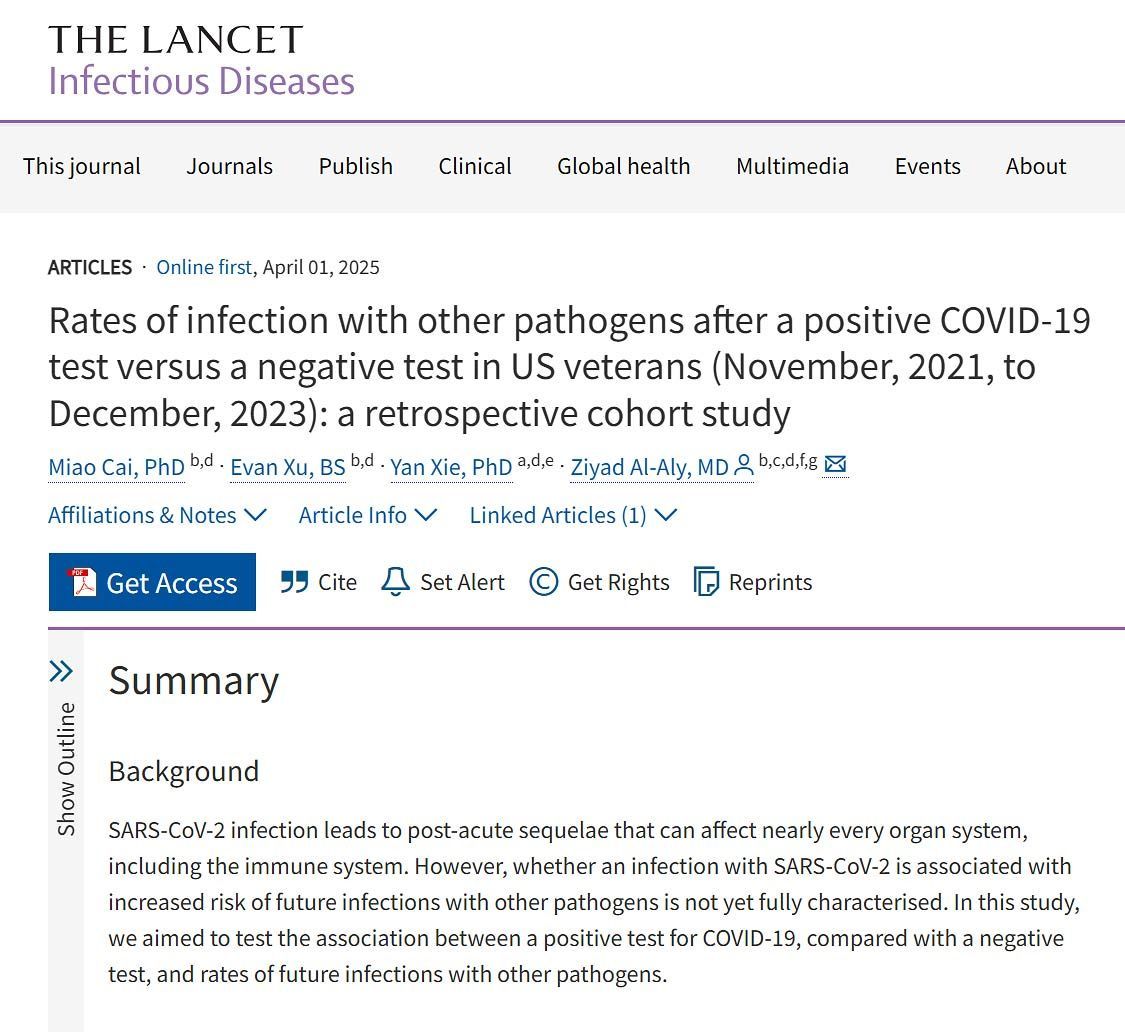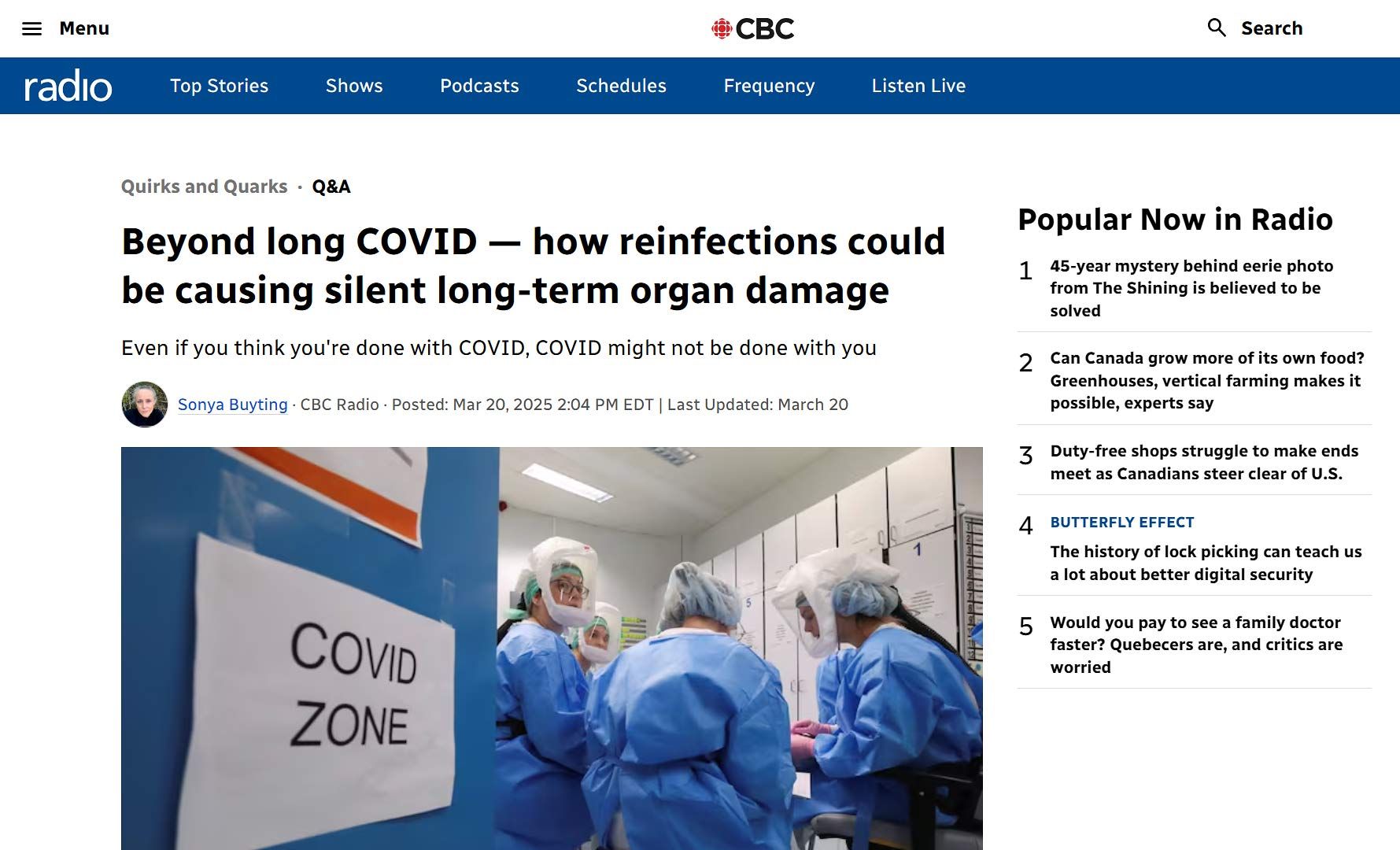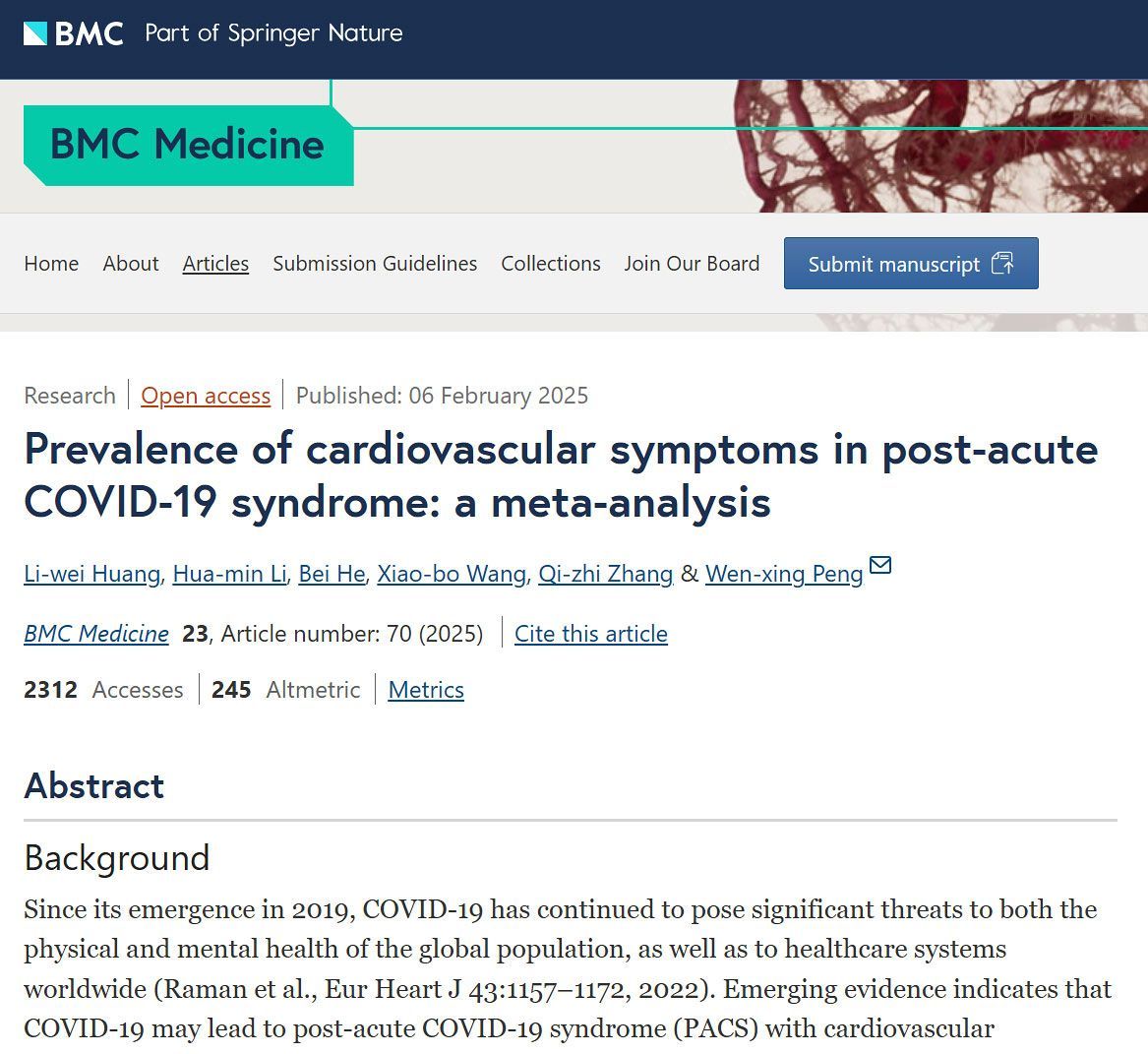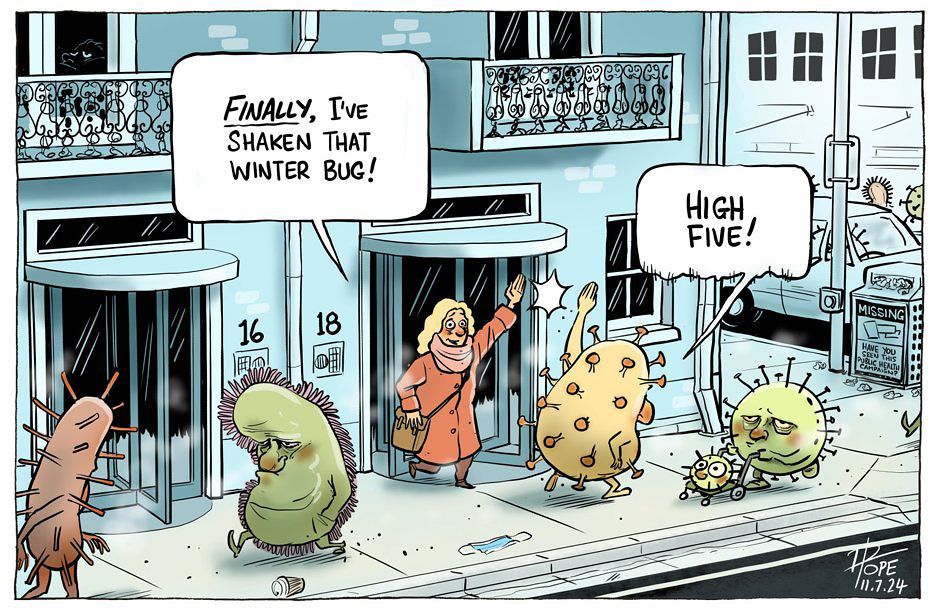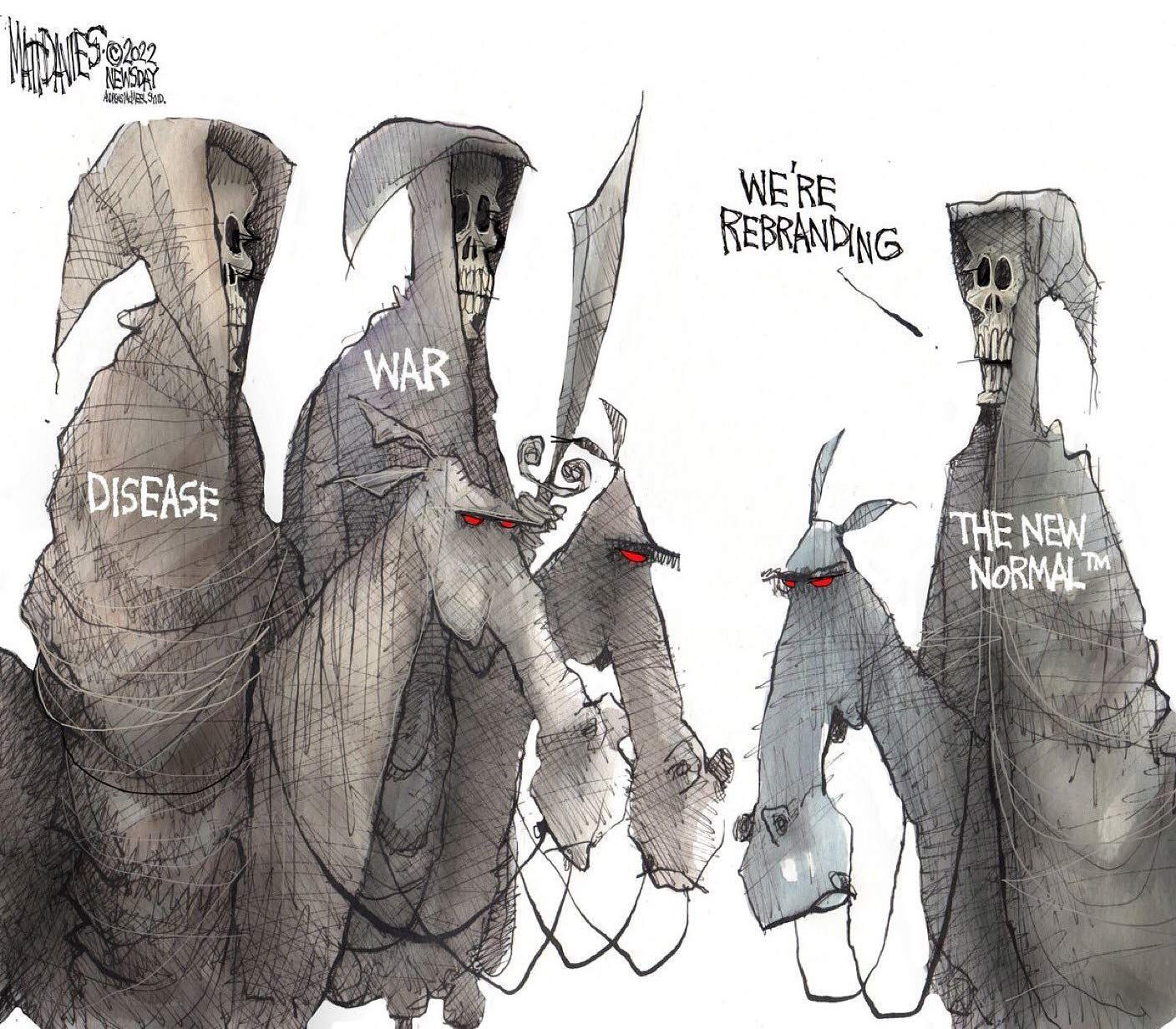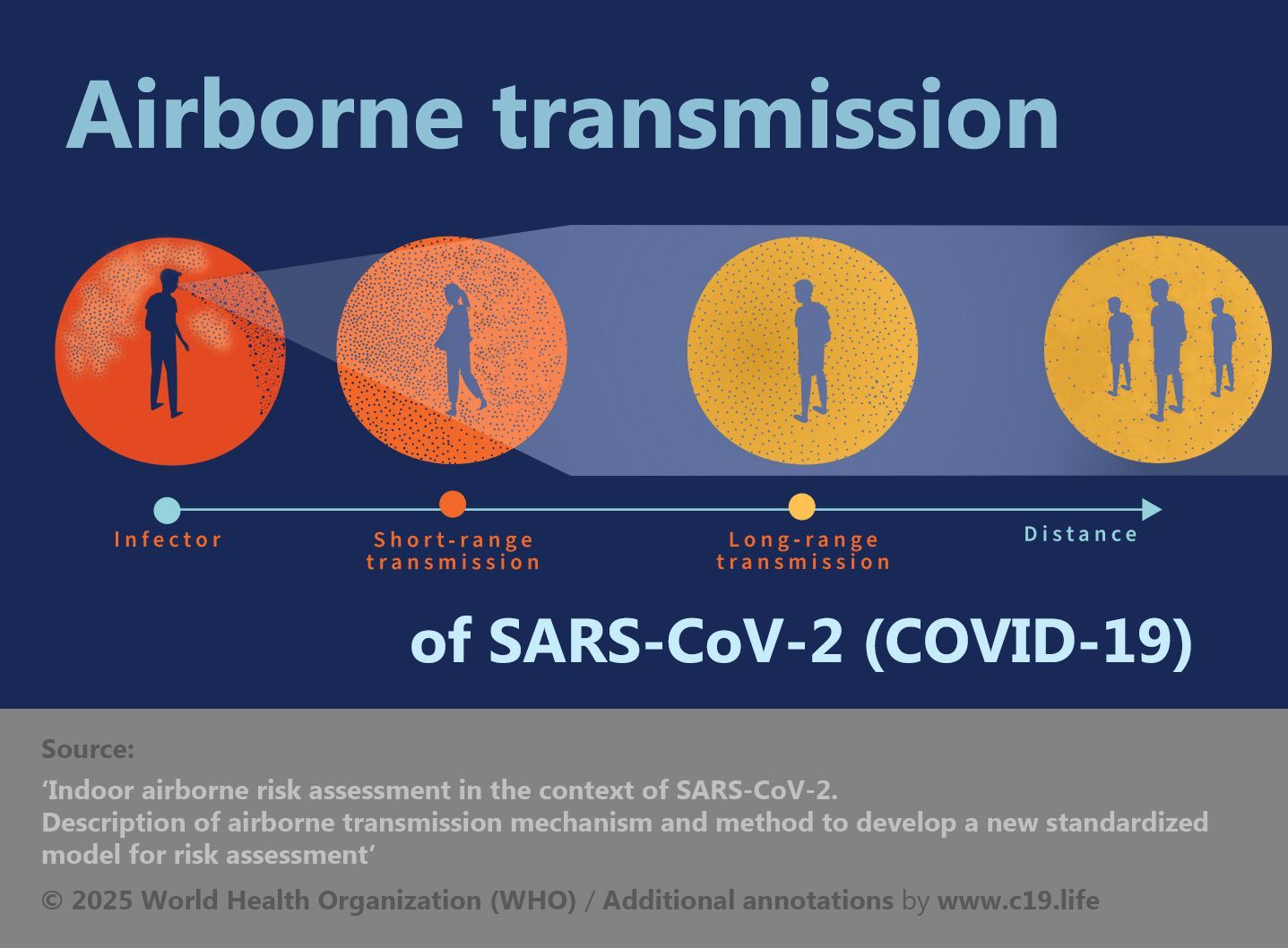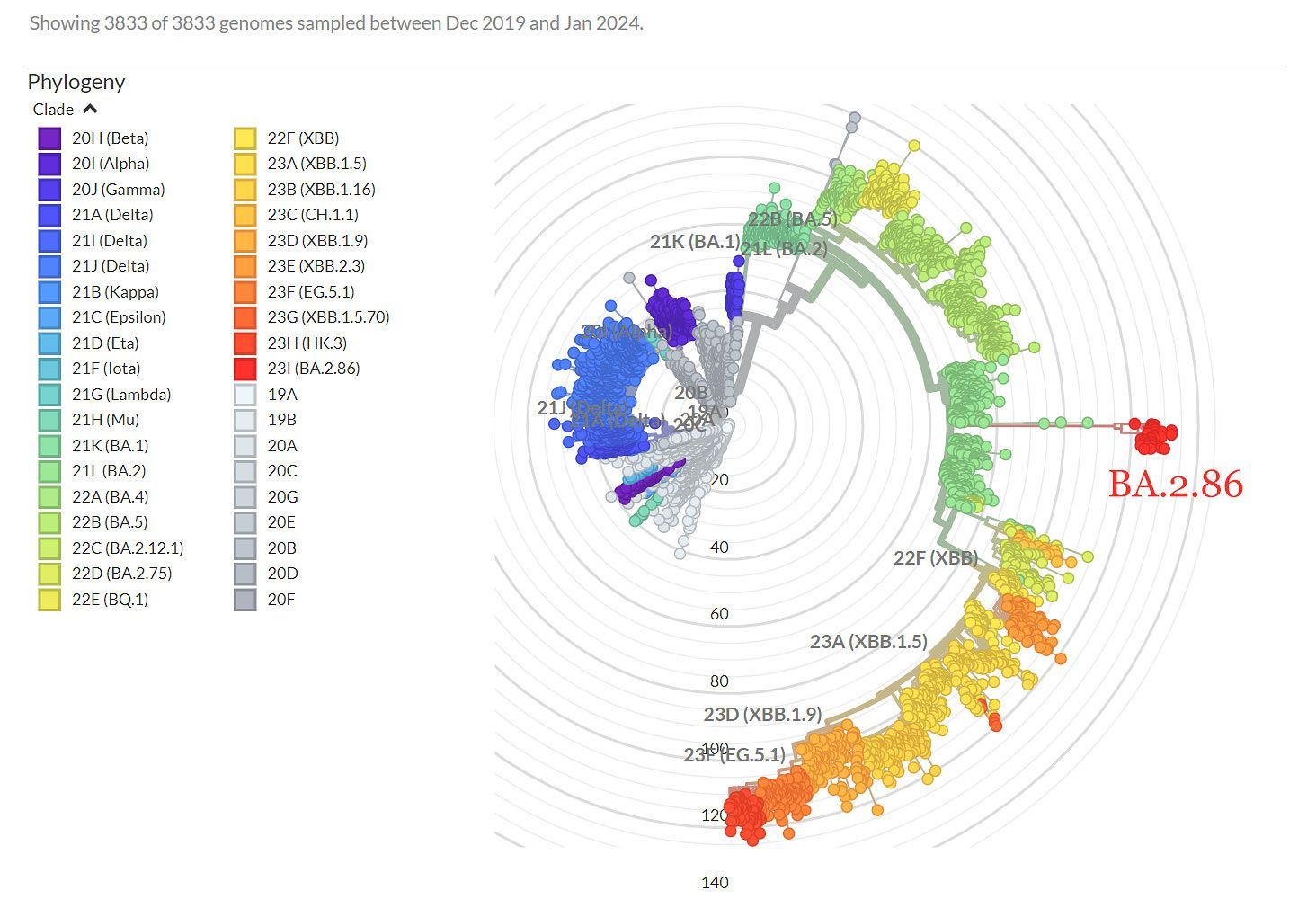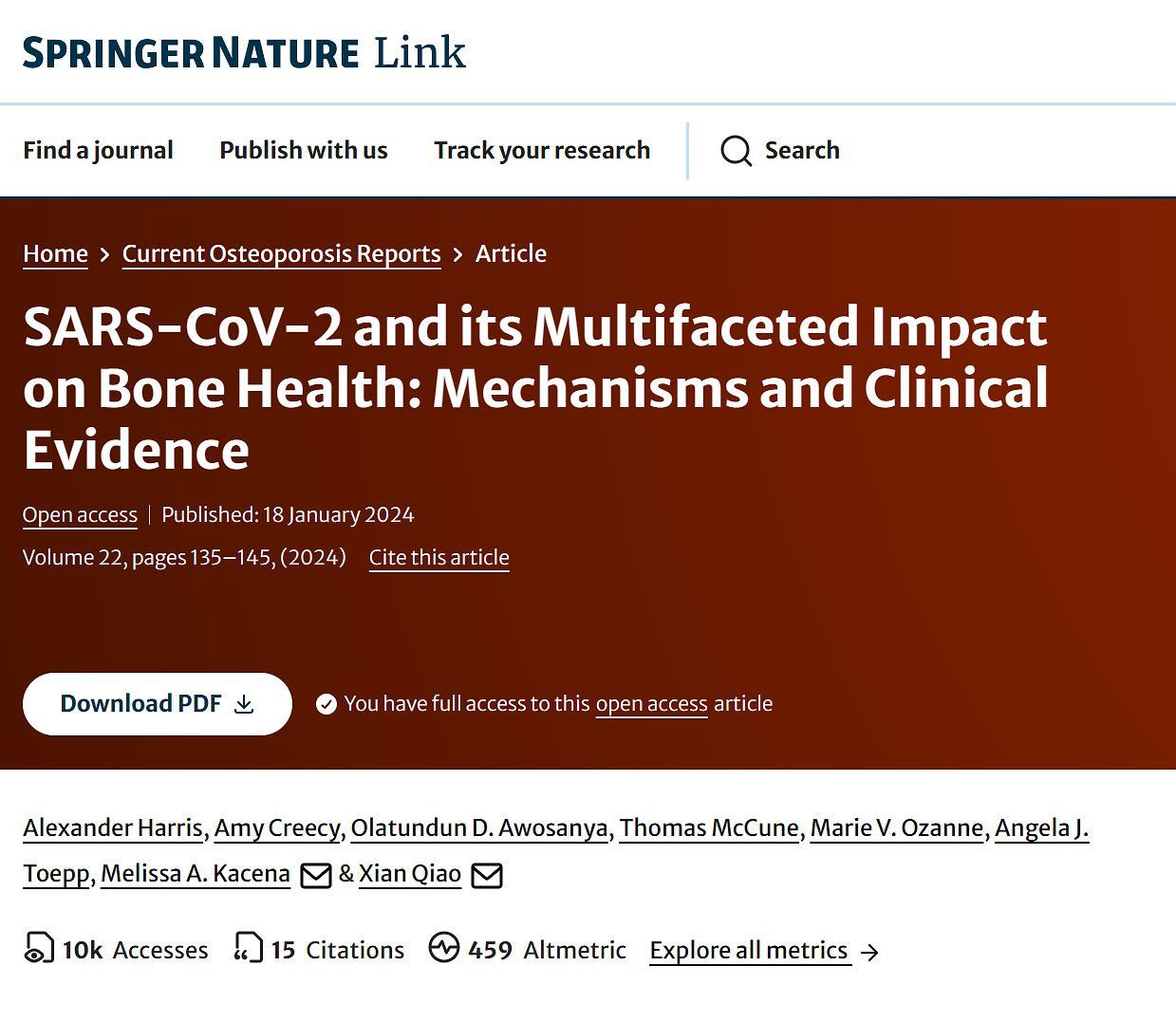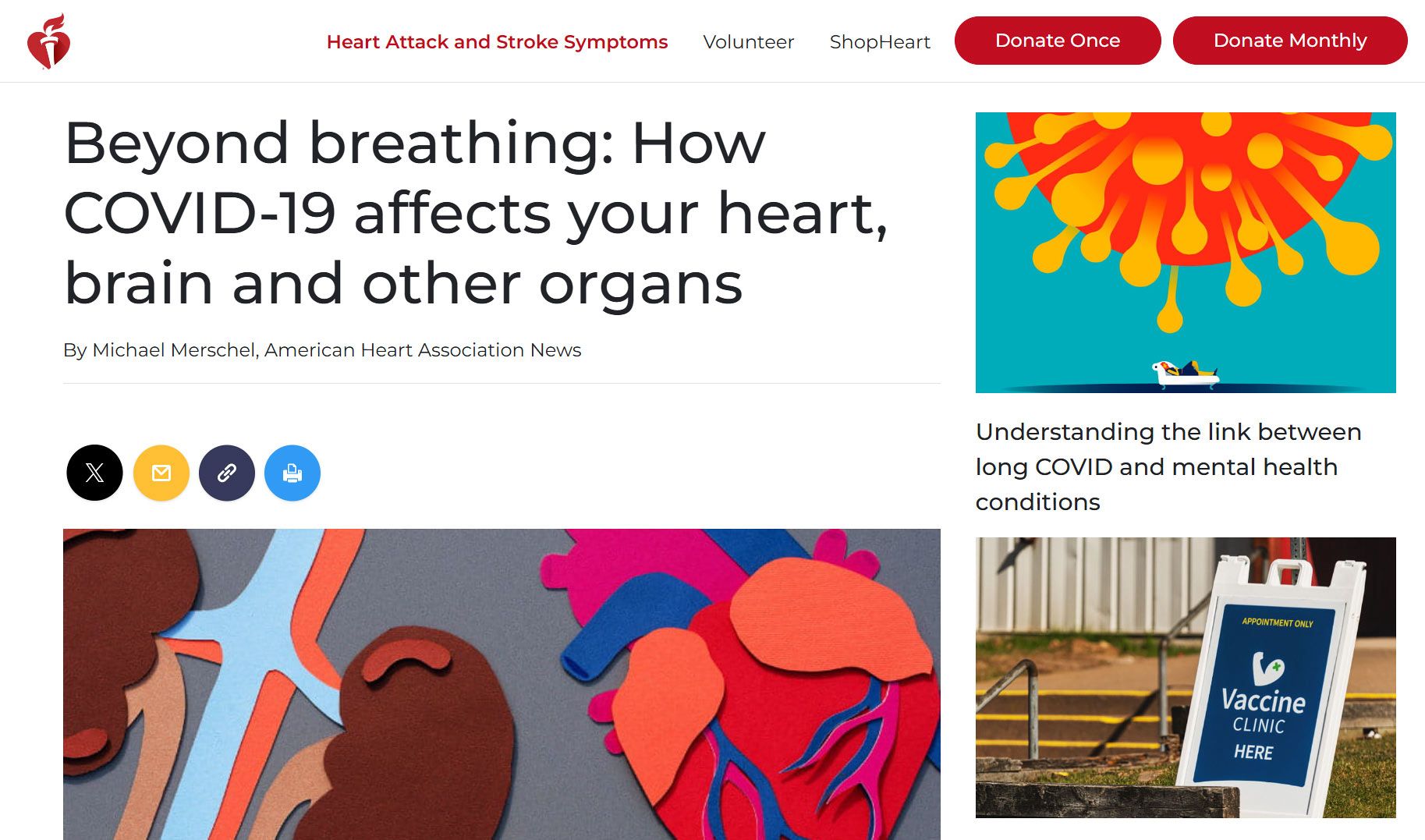➲ Home ➲ C-19 Archives
On Biosafety Levels, Hazard Groups, SARS-CoV-2, the UKHSA, Notifiable Organisms and Notifiable Diseases
The Health and Safety Executive (HSE) has designated SARS-CoV-2, the virus that causes COVID-19, a Hazard Group 3 (HG3) pathogen that can cause severe human disease.
The United Kingdom’s Health Security Agency (UKHSA) classifies SARS-CoV-2 as a notifiable organism, and COVID-19 as a notifiable disease (2025).
✾
[BSL] Biosafety Levels 2, 3 & 4
➲ Biosafety Level 2 (BSL-2) ~ Agents that can cause severe illness in humans.
BSL-2 pathogens include HIV, Zika virus, Hepatitis A, B & C,,Dengue, and Salmonella.
➲ Biosafety Level 3 ~ SARS-CoV-2, the causative agent of COVID-19, is a Biosafety Level 3 (BSL-3) pathogen.
Other BSL-3 examples include the Yellow fever virus, West Nile virus, Yersinia pestis causing plague, and the bacterium Mycobacterium tuberculosis that causes tuberculosis (TB).
Biosafety Level 3 pathogens can cause serious or potentially lethal disease in humans.
➲ Biosafety Level 4 (BSL-4) ~ The highest biosafety level.
Pathogens that pose a high risk of life-threatening disease for which there are no treatments.
BSL-4 examples include the Ebola virus, Marburg virus, and Lassa virus.
✾
[HSE] ‘The Approved List of biological agents’
❦ ‘The approved list is for use by people who deliberately work with biological agents, especially those in research, development, teaching or diagnostic laboratories and industrial processes, or those who work with humans or animals who are (or are suspected to be) infected with such an agent.’ ➤
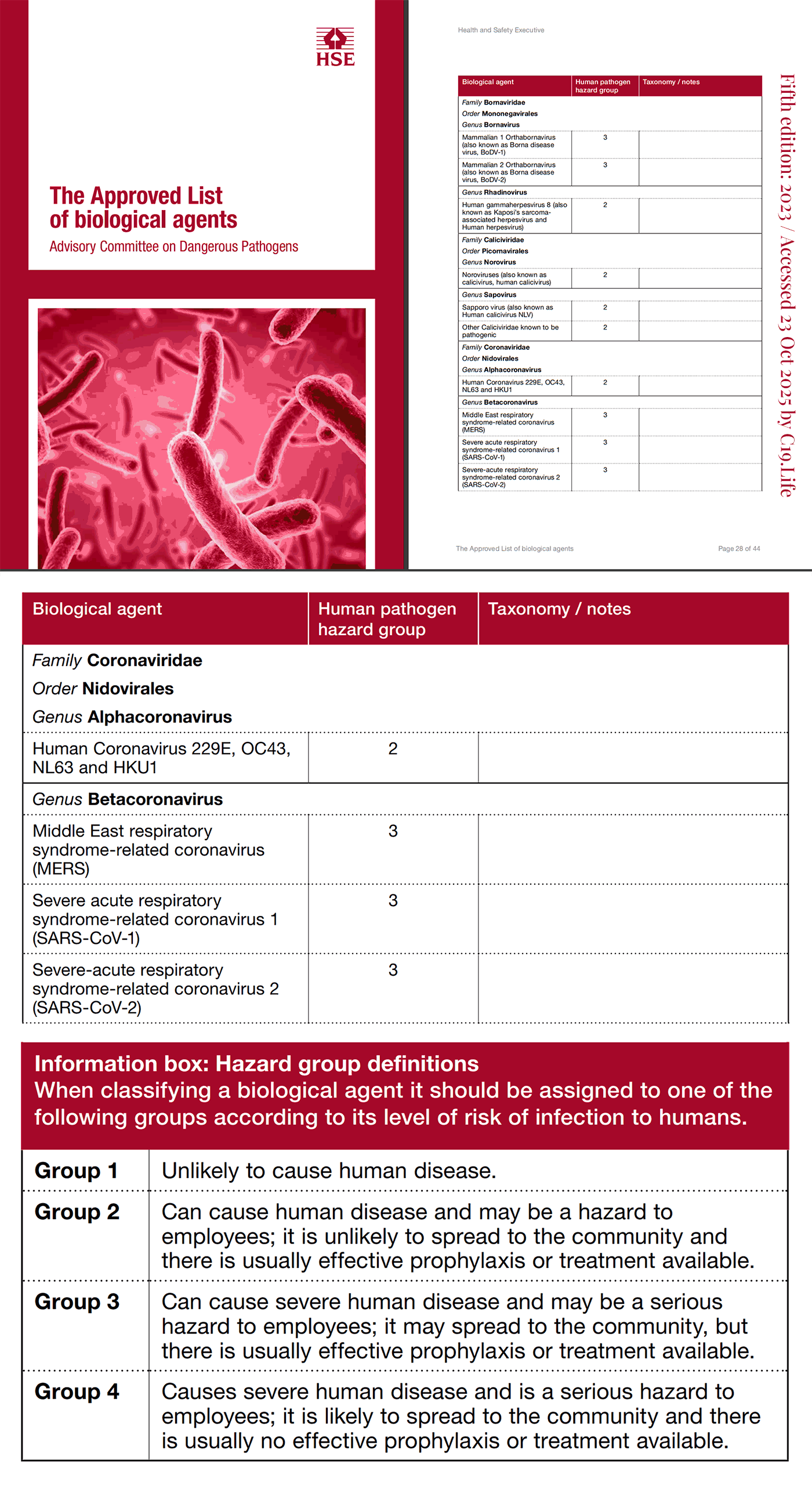
📖 Health and Safety Executive (HSE) / Advisory Committee on Dangerous Pathogens: ‘The Approved List of biological agents’ (5th edition: 2023 ~ Accessed 23 Oct 2025). [PDF] ➤
• Hazard Group 3 (HG3) definition: ‘Can cause severe human disease and may be a serious hazard to employees; it may spread to the community, but there is usually effective prophylaxis or treatment available.’
• Severe-acute respiratory syndrome-related coronavirus 2 (SARS-CoV-2) is a Hazard Group 3 biological agent. (p.28)
© 2023 Health and Safety Executive (HSE).
‘COSHH requires employers to control substances that are hazardous to health, including the protection of workers from risks related to exposure to biological agents at work.
This requires the UK to classify biological agents that are or may be a hazard to human health.’
[Small print follows: feel free to scroll fast through this...]
‘The Health and Safety Executive has on 11 September 2023 approved the publication of this document, ‘The Approved List of biological agents’, for the purposes of the Control of Substances Hazardous to Health Regulations 2002 (SI 2002/2677).
This edition of the Approved List shall have effect from 11 September 2023. The Approved List will continue to be reviewed periodically.
The Advisory Committee on Dangerous Pathogens (ACDP) prepares the Approved List included in this publication. ACDP advises HSE, Ministers for the Department of Health and Social Care and the Department for the Environment, Food & Rural Affairs and their counterparts under devolution in Scotland, Wales & Northern Ireland, as required, on all aspects of hazards and risks to workers and others from exposure to pathogens.
This guidance is issued by the Health and Safety Executive.
Following the guidance is not compulsory, unless specifically stated, and you are free to take other action.
But if you do follow the guidance, you will normally be doing enough to comply with the law. Health and safety inspectors seek to secure compliance with the law and may refer to this guidance.
1. The Control of Substances Hazardous to Health Regulations 2002 (COSHH), make reference to the ‘approved classification’ of a biological agent, which is defined as the classification of that agent approved by HSE. The Approved List is the list of classifications of biological agents approved by HSE for this purpose. Biological agents are bacteria, viruses, parasites and fungi which can cause harm to human health, usually due to infection (some are toxic or can cause an allergy).
2. COSHH requires employers to control substances that are hazardous to health, including the protection of workers from risks related to exposure to biological agents at work. This requires the UK to classify biological agents that are or may be a hazard to human health.
‘COSHH requires employers to control substances that are hazardous to health, including the protection of workers from risks related to exposure to biological agents at work.’
3. The Approved List is relevant to risk assessment for work with biological agents and the application of appropriate control measures. Your risk assessment under COSHH of work likely to expose any employees to biological agents should include consideration of the approved classification of any biological agent (regulation 6(2)(k)). The risk assessment must identify the steps you will take to adequately control exposure to biological agents (where it is not reasonably practicable to prevent exposure), taking into account the hazard(s) that they present (regulations 6 and 7).
4. The Approved List is intended to be used by people who work with biological agents, especially those in research, development, teaching or diagnostic laboratories and industrial processes, and people working with animals or humans who are, or who are suspected of being, infected with such an agent.
5. The classifications in the Approved List assign each biological agent listed to a hazard group according to its level of risk of infection to humans, where Hazard Group 1 agents are not considered to pose a risk to human health and Hazard Group 4 agents present the greatest risk. The full definition of each hazard group is in the Information Box (see page 9). Only agents in Groups 2, 3 and 4 are listed.
6. ACDP has made the relevant classification of a biological agent having considered evidence as to:
- the likelihood that it will cause disease by infection or toxicity in humans;
- how likely it is that the infection would spread to the community;
- the availability of any prophylaxis or treatment.
7. The Approved List indicates in the taxonomy/notes column which biological agents are toxigenic or an allergen, or for which a vaccine was readily available at the time of publication.’
✾
Annex 1: Biological agents which may be used at less than the minimum containment conditions
Viruses [complete list]
- Chikungunya virus
- Everglades virus
- Hepatitis B virus
- Hepatitis C virus
- Hepatitis D virus
- Orthohepevirus A (formerly known as Hepatitis E virus)
- Human immunodeficiency viruses
- Primate T-cell Iymphotropic viruses
- Louping ill virus
- Mucambo virus
- Rabies virus
- Simian immunodeficiency virus
- Tonate virus
- Wesselsbron virus
✾
[UKHSA] ‘Notifiable diseases and how to report them’
(Accessed: 23 Oct 2025 ~ UK Health Security Agency) ‘Health surveillance and reporting programmes: Notifiable diseases and how to report them’. ➤
© 2025 UKHSA.
‘Registered medical practitioners must report a notifiable disease to the UK Health Security Agency (UKHSA, previously Public Health England).
Do not wait for laboratory confirmation of the disease. By law, you must report any suspicion of a notifiable disease.’
➲ Diseases you must report
‘You must report any suspected case of a notifiable disease.
❂
Notifiable disease:
COVID-19.
❂ Whether likely to be routine or urgent: Routine.’
‘A case may be urgent if:
- it’s part of a current outbreak;
- the suspected disease is uncommon in the UK;
- the suspected disease spreads easily, or its spread is hard to control;
- the patient is high risk, for example because of their age or job.’
Published by UKHSA: 12 September 2024
Last updated: 29 April 2025
✾
[UKHSA] ‘Notifiable organisms and how to report them’
(Accessed: 23 Oct 2025 ~ UK Health Security Agency) ‘Health surveillance and reporting programmes: Notifiable organisms and how to report them’. ➤
© 2025 UKHSA.
‘All laboratories in England with a primary diagnostic role must report a confirmed notifiable organism to the UK Health Security Agency (UKHSA, previously Public Health England).’
➲ List of notifiable organisms (causative agents)
‘Causative agents notifiable to UKHSA under the Health Protection (Notification) Regulations 2010:
❂ Notifiable organism (causative agent): SARS-CoV-2.
UKHSA publishes reports on the numbers of laboratory notifications received.
See Notifications of infectious diseases (NOIDs) and causative agents report.’ ➤
Published by UKHSA: 12 September 2024
Last updated: 11 August 2025
✾
[Coping Strategies] ‘Stop counting’

“How does Covid being a notifiable disease interact with the UK government discouraging testing?
How does this work?
How does it work with NHS Trusts telling their staff not to test?”
Tern, a Priest (28 Aug 2023)
✾
[Coping Strategies] ‘Stop testing so you don’t need to report anything’
“If we didn’t do any testing, we would have very few cases.”
Donald John Trump (15 May 2020)
✾
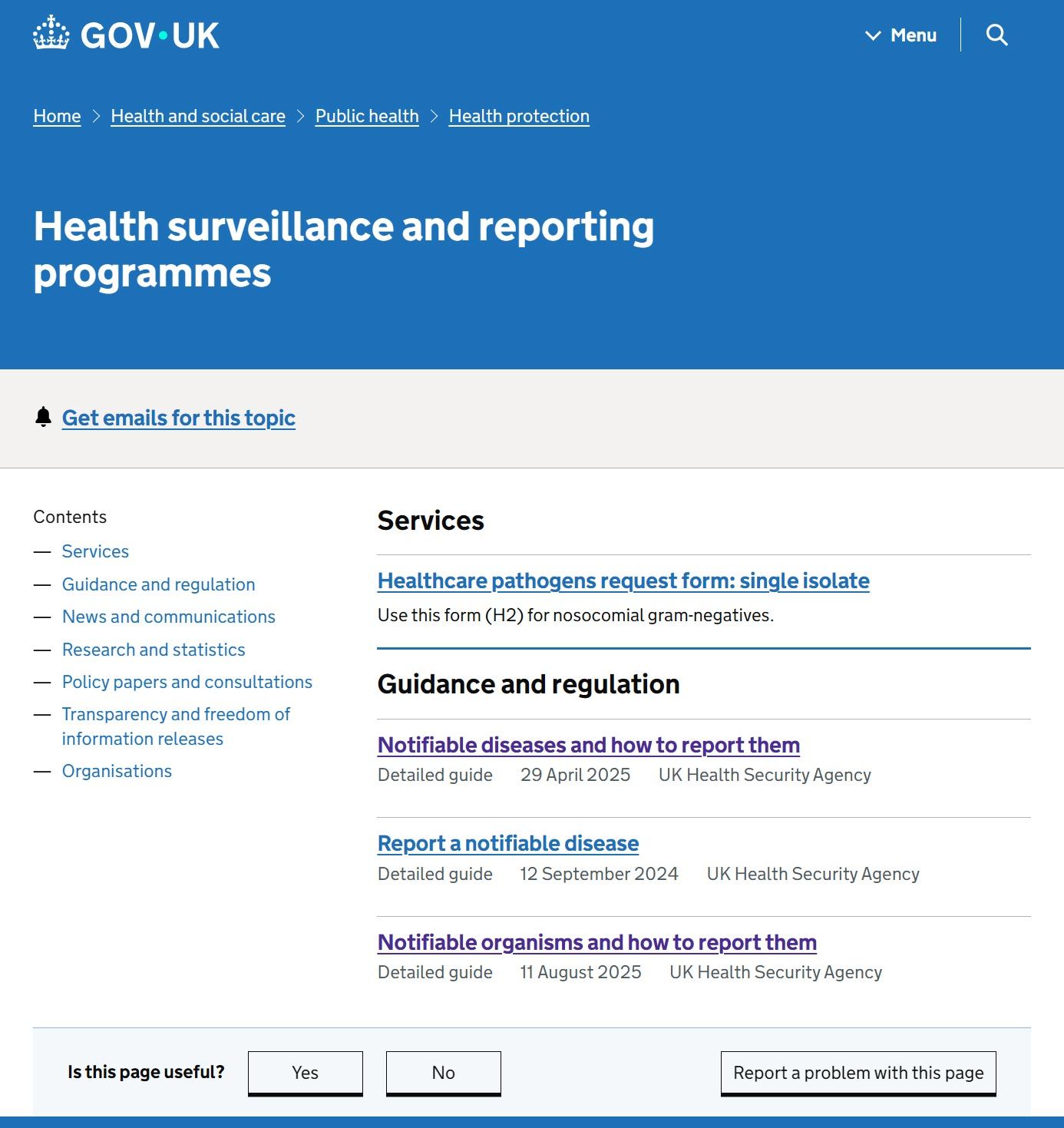
(Accessed: 23 Oct 2025 ~ UK Health Security Agency) Health surveillance and reporting programmes’. ➤
© 2025 UKHSA.
✾
“If we stop testing right now, we’d have very few cases, if any.”
Donald John Trump (15 June 2020)
✾
More... On Healthcare Workers



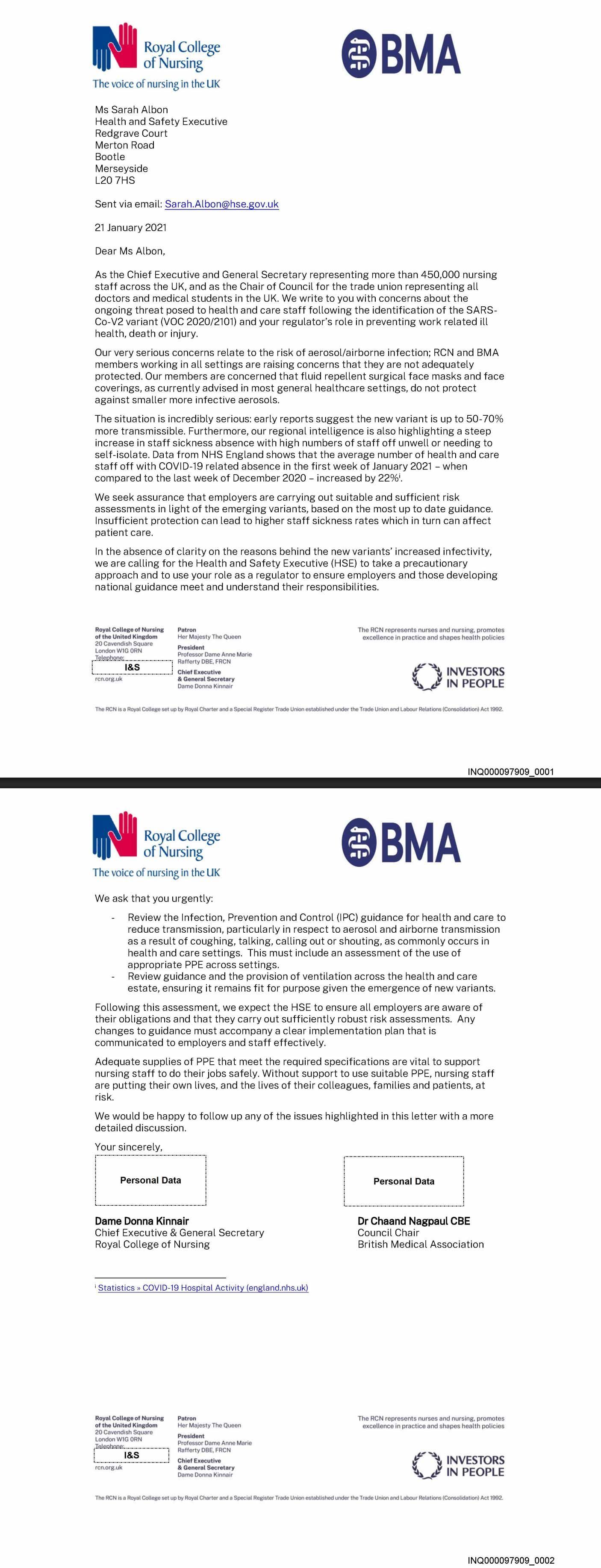
More on... COSHH
Solutions in... NHS Estates Bulletins


From... The UKHSA


More... Healthcare Worker insights




























✾
C-19: Archives
Useful search tags:
airborne / air filtration / babies & children / body / brain / C19.Life / cancer / comment / COSHH / dementia / economy / elders / excess deaths / exercise / flu / healthcare workers (HCW) / heart / HEPA / history / HIV / hospitals / immunity / influenza / Lisa Iannattone / long covid / lungs / lymphopenia / mitochondria / muscles / musculoskeletal / NHS / NHS estates / Noor Bari / nosocomial / PEM / parkinson’s / propaganda / reinfections / reproduction and pregnancy / resources / respirators / respiratory / risk / SARS(-CoV-1) / schools / Semmelweis / solutions / transmission / UKHSA / universities / UVC / vaccines / variants / WHO / young adults / zoonosis
